The Lion's Den
The Influencer Activation Dictionary
Influencer Marketing
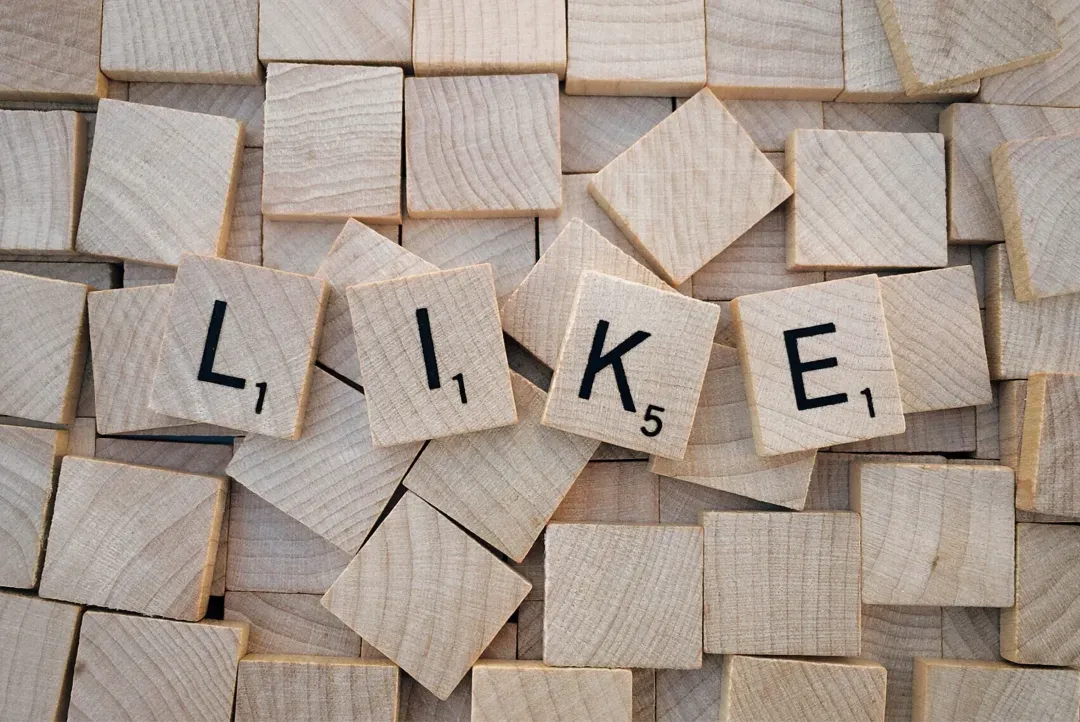
Meet the Influencer Activation Dictionary; your new secret weapon for commonly used influencer marketing terms.
The world of influencer marketing and influencer campaigns can be seriously confusing. Social media in general utilizes a lot of slang terms, so the verbiage used in influencer campaigns can be unfamiliar. The most important aspect of running a successful influencer campaign is having a good understanding of exactly what you need to ask for, and what information you need to provide. Having some knowledge on the below terms is going to improve your influencer strategy and increase your chance of success.
- Affiliate – An influencer who is connected through a third party and who typically promotes e-commerce offers, intending to earn commission on purchases connected through unique promo and referral codes.
Ex: An influencer who shares clothes on their LikeToKnowIt page earns a commission from the brand of clothing every time their followers purchase those pieces through the influencers’ link. This influencer would then be an affiliate of the clothing brand. - Ambassador – A long-term brand representative that regularly promotes the brand for a higher rate. Usually, someone who has participated in past promotional influencer campaigns and has proven that they either convert well or produce high-quality content.
Ex: An influencer who is contracted to get a facial from a particular spa 1x a month for 12 months and posts about it each month, is an ambassador for that spa. In this case, the influencer would sign a contract for 12 months, and their fee would represent the longer duration and monthly content. - Branded Hashtag – A hashtag that is at least 95% or more used solely by a brand and that brand’s influencers. Lionize asks for branded hashtags in every campaign application for reporting purposes and to help you establish a solid brand on social media to share with your influencer partners. Need help establishing your branded hashtags for your first influencer campaign? Ask your dedicated Account Manager for help! They can help you generate some great options to choose from.
Ex: For SoulCycle, an example of great branded hashtag options would be #CycleWithSoul #SoulCycler or #SoulCyclePartner - Caption – The text underneath an in-feed photo or video post. On Instagram, captions can contain @ tags, hashtags, and text, but cannot contain an HTML link as links in IG captions are not clickable. This is why you see most people including a CTA in their captions such as, “click the link in my bio!”
- Carousel – An in-feed post on Instagram made up of multiple static images and/or videos. If you can swipe left on an Instagram post and see multiple images/videos, it’s considered a “Carousel Post.”
- Celebrity – An influencer who has Celebrity status, or who has over 250,000 followers. When you get into the Celebrity level, influencers typically will charge at least $5,000.00 for one piece of content.
Ex: Martha Stewart and Becky Hillyard would both be considered ‘celebrity’ influencers. (link to profiles) - Content – Slang for photos and videos produced for partnership or branding purposes.
Ex: This influencer produced great content for this campaign. - Comment – A written response on an in-feed post. When speaking about social media engagement rates (see #14), the number of comments on an in-feed post is one of the touchpoints taken into consideration.
- Commission – A monetary percentage that an influencer or affiliate earns on a purchase. Typical commission rates start at 10%. Commission is tracked through a unique link given to that influencer (a link with UTM tracking parameters) or a unique promo code. This is so that a brand’s POS (point of sale) system can track how many purchases were attributed to a specific influencer.
Ex: An influencer shares a link to a $35 phone case. For every purchase that their followers make using their unique promo code or link, the influencer makes 12%, which in this case would be $4.12. If the influencer was able to have 25 of their followers purchase the phone case, totaling $875 in retail conversion, the influencer would then earn $105. - Conversion – The process of an influencer turning one of their followers into a purchaser (for a specific brand or product). Some influencers don’t convert – which means their followers don’t go and purchase the products, while some regularly convert 5-15% of their total followers who go and purchase the product the influencer is promoting.
Ex: An influencer is asked if they have a good conversion rate. This means that when they share products, how many of their followers normally then go and purchase the product? Does the influencer have a history of high conversion and getting a lot of their followers to purchase a product? - Counter Offer – Proposing a different rate offer than what was originally listed. Through Lionize’s Negotiation functionality, brands and agencies can send Counter Offers directly to the influencers, and the influencer can approve the Counter Offer, or Counter Offer again back to the brand.
Ex: A brand receives an application from a great influencer they want to work with. The rate listed is $800. This is slightly out of their budget. They want to work with them, but want to see if the influencer will partner for $600. When they propose the $600, they are sending a Counter Offer. - Credit – An influencer. Lionize’s subscription is based on how many influencers you work with each month. Each influencer you can work with is considered to be one “credit.” If your subscription has 10 credits each month, this means you would be able to work with 10 new influencers each month.
- Deliverables – Slang for requirements. If you ask an influencer to do two stories and a Reel, this would then make up the deliverables requested for this campaign. Influencer rates are based on the deliverables.
- Engagement Rate – A metric that is used to determine how active an influencer’s followers are with their content. The more influencers’ followers interact with their content, the higher the influencers’ engagement rate will be. Engagement rates take into account comments, likes, and reach against the number of followers an influencer has. See (link to engagement rate blog) on all the different types of engagement rates and how to calculate them.
- Evergreen – Non-promotional, usually ongoing. This term is typically used regarding retail promotions. While there are seasonal or holiday retail sales, any offer that is ongoing and not tied to a holiday or season is considered evergreen. It’s always a good strategy to have one influencer campaign that is evergreen and can apply to any month of the year.
Ex: If Anthropologie was running an influencer campaign to promote their Anthro Insider program, this would be considered an evergreen campaign as it’s not tied to a seasonal promotion. If Anthropologie wanted to run a Back-to-School campaign, it would not be considered evergreen as it has a distinct end date where the offer would no longer be applicable. - Flat Rate – A pre-set monetary offer. On Lionize, if you run a “Flat Rate” campaign, you will offer each influencer the same, pre-set amount.
Ex: You decide to run a campaign and you have a strict budget, so you offer every influencer $150. This would be considered a “Flat Rate” campaign. - Hashtag – A keyword that relates to a piece of social media content, that is utilized to help people on that social media platform find the content. Think of hashtags as thematic tags that act like SEO. Hashtags utilize the hashtag symbol “#”. A good rule of thumb is to include 10-20 hashtags for each in-feed post if you’re trying to grow your Instagram page and get your content seen by more people.
Ex: You post a picture of a fancy Hamburger on social media. You want people who are foodies and based in your city to be able to find it. Some hashtags you could do are #foodies #foodstagram #foodpic #hamburger #burgerlife #foodphotographer #yourcitynamehere #yourcitynameherefoodies - In-Feed – A social media post that is posted permanently in your feed. Your feed is your wall, or the photos and videos that show up when you view your profile. That array of images/videos is considered your “feed.” Choosing to ask for “in-feed” content means it will have a longer lifespan, as it won’t go away. This is in comparison to asking for an Instagram story, which disappears after 24 hours.
- Like – A heart response on social media content. This is considered a method of engagement and normally outperforms comments due to it being a one-click response with no typing involved.
- Link in Bio – A link that is placed in the biography of an Instagram profile. These links have a longer lifespan as compared to sharing a link in an Instagram story, where it will only be shown for 24 hours.
- Linktree – A software where an influencer can build a “landing page” that houses multiple permanent links. The downside of a link-in-bio used to be that only one link could be shared at once. If an influencer uses a Linktree, they can keep as many links as they want in their bio.
- Macro – An influencer with 30,000 – 250,000 followers. Macro influencers are well-established and will typically charge a rate of $400-$4,000 depending on where they fall in the aforementioned follower range.
- Micro – An influencer with 5,000 – 30,000 followers. Micro-influencers are influencers who are smaller and are normally trying to grow their page. Rates for micro-influencers will be lower, and typically around $100-$400. Micro-influencers typically have the most engaged audience out of the four influencer categories and are most likely to post more content than you asked for, due to the mutual benefit of the partnership.
- Nano – An influencer with 1,500 – 5,000 followers. Nano influencers are the smallest kind of influencers and are normally trying to grow their page. Rates for nano influencers are typically around $50-$100, but some will offer to produce content for free. Nano influencers work best for small local campaigns, as they are the largest category out of the four types of influencers and they will usually accept a trade or a very low rate.
- Negotiation – The process of bartering with an influencer to agree upon a rate that works for both parties. If you run a “Suggest-A-Rate” campaign on Lionize, you can negotiate directly with the influencers on the platform (see #11). Some influencers do not accept any negotiation and are firm on their prices, while some will accept a lower rate than they originally stated. It’s normal to have around 25% of influencers not budge on their rates in negotiation.
- Promo Code – A code given to influencers that the influencer can use in a CTA to push their followers to go purchase, sign up for, or download a product. You can give each influencer their own unique promo code, or every influencer the same promo code.
- Rate – The price you agree to pay an influencer for their content.
- Reach – A metric on social media that calculates how many unique accounts viewed a social media post. This is a key metric when calculating engagement rate (see #14).
- Reactivate – To submit a new offer to an influencer you have worked with on a previous campaign. Typically you reactivate an influencer if they had a high conversion rate or produced content that you loved. Reactivation is beneficial because you already know that the influencer is going to produce the results you desire. It’s common for an influencer to increase their rate the second or third time they get reactivated, as they have proven to be a loyal and diligent partner.
- Reels – A TikTok like, highly edited, immersive, entertaining, catchy short-form video, that is a newer addition to Instagram. Instagram Reels have a different audience demographic (usually skews younger). Instagram Reels don’t have to show up on an influencers’ feed (see #18), so if you want the Reel to show up in the Reels section AND on an influencers’ feed, make sure to stipulate this in your campaign application. Instagram Reels, like TikTok, are more expensive. Because Reels take a lot longer to make since they require advanced video editing skills, if you ask an influencer to produce a Reel the influencer is going to require a higher rate. Reels are currently the most “trendy” format of social media content to produce, and reach the youngest generation, which makes it the best way to raise brand awareness.
Ex: You want to run a Reels campaign with Macro influencers where they all produce a similar video. While most of these Macro influencers might quote you $600.00 for one piece of content and three stories, for a Reel and three stories, the influencer might ask for $1,000.00 instead. - ROI – Return on Investment. When it comes to influencer marketing, ROI is typically used to determine how much money is made off of an influencer partnership. An ROI is applicable on commission and/or conversion campaigns. The easiest way to calculate ROI for an influencer is:
ROI = Net earnings from the influencer / Influencer Rate x 100. - Sponsored – A tag that is added to any post where the influencer was paid to promote something. If a rate is involved, any content produced is automatically considered a “sponsorship.” The FTC requires influencers to note if they are being paid to discuss a product by either noting that a post is sponsored, or by including the hashtag #AD in the caption of their post.
- Story Slide – A single Instagram story slide, consisting of at most 15 seconds of video.
- Static Post – A single image in-feed post (see #18). A static post is the most inexpensive type of in-feed content on Instagram.
- Stories – Short, 15 second slides that can be viewed by clicking the profile image on someone’s Instagram page. Stories can be in the form of static or video and disappear after 24 hours.Stories are the least expensive type of content you can ask an influencer to produce on Instagram.
- Story Link – A clickable link that is included in an Instagram story slide (see #33). This clickable link will disappear after 24 hours along with the rest of the stories.
- Suggested Rate – A type of campaign you can run on Lionize, where the influencers review the deliverables (see #13) and then list their usual rate that they would charge. With Suggested Rate campaigns, you are able to negotiate those rates directly with the influencer through the Lionize negotiation module. Suggested Rate campaigns have the widest reach, and allow you to customize the offering for each influencer.
- Tag – A mention of another Instagram profile that can be both in the caption (see #4) or directly in the in-feed post/story (see #18 and #35). Influencers are always required to tag the brand they’re working with in all of the content they produce for that brand’s campaign.
- Tracking Link – A link you can give to influencers that contains UTM tracking parameters. This allows you to track clicks and purchases. You can give an influencer a tracking link for their stories (see #35) and/or for their bio (see #20). If you are monitoring conversion and/or commission, you will need to use a tracking link. Google Analytics is the foremost UTM analysis tool, but there are other softwares for it as well.
- UGC -User Generated Content. This refers to the content produced by a “user” which in this case is an influencer, that can be utilized by a company
Ex: A hair salon wants to share before & after images on their website that their influencers took, after hair appointment visits. These images would then be considered UGC that the brand can use in marketing and branding material. - URL– Slang for a link, either a tracking link or a website html link that you want influencers to share.
Connect with Influencers today.
The only platform that uses AI to source, recruit and manage influencers directly from Social Media. If they don’t post, you don’t pay.
Related Articles
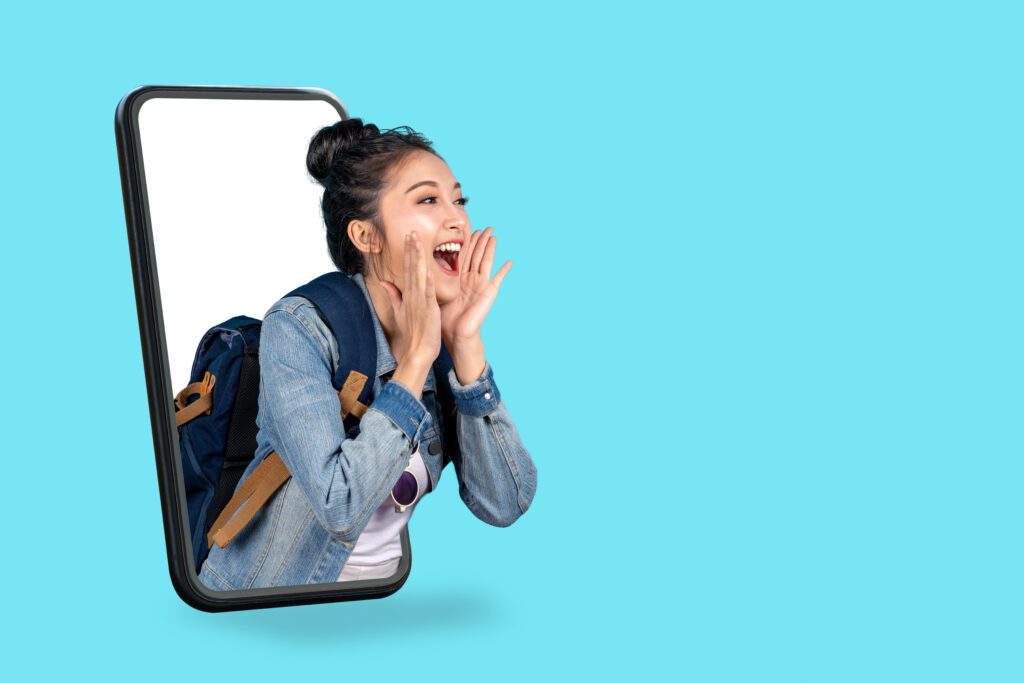
Join the Creator Opportunity Network and Elevate Your Influence

How Do I Get Influencers To Promote My Brand?
Influencer marketing is a powerful method that more and more brands are using as a pillar of their marketing strategy. This promotional strategy involves forming a partnership
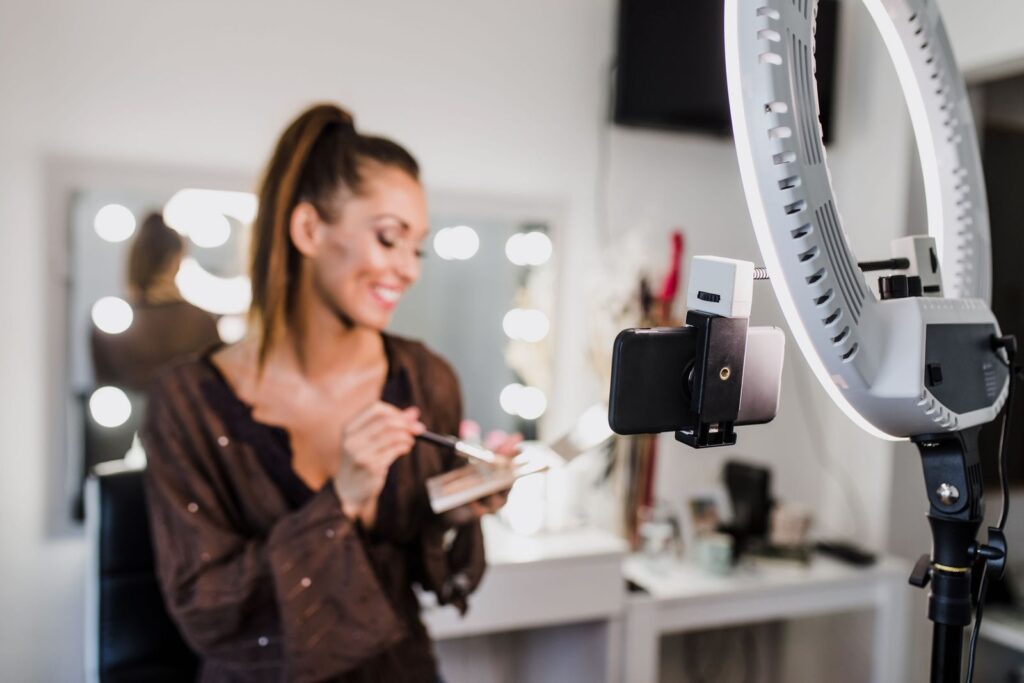
Why Are Social Media Influencers So Effective?
Influencers, or social media stars that have monetized their online presence through paid brand collaborations, have mastered the art of audience engagement. Most influencers create content around

Is Influencer Marketing the Same as Social Media Marketing?
Influencer marketing has been rising in popularity in recent years. If you’re interested in getting started with influencer marketing, you may wonder if it is the same
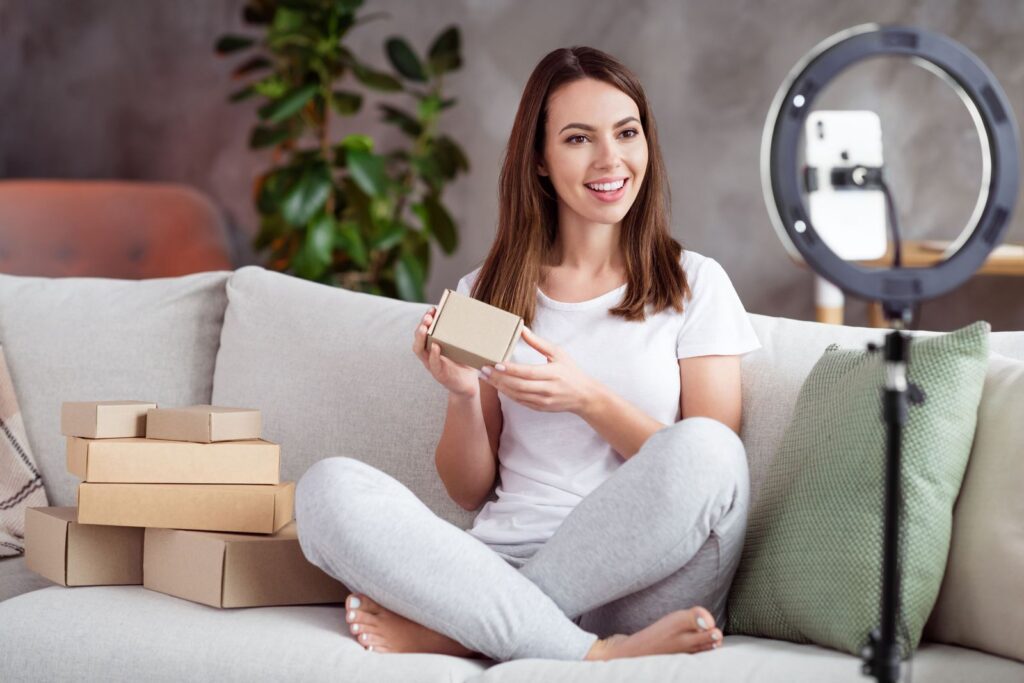
What Makes a Great Influencer?
Influencer marketing is an excellent way for brands to promote their products or services. However, it can get confusing when it comes to finding great influencers for
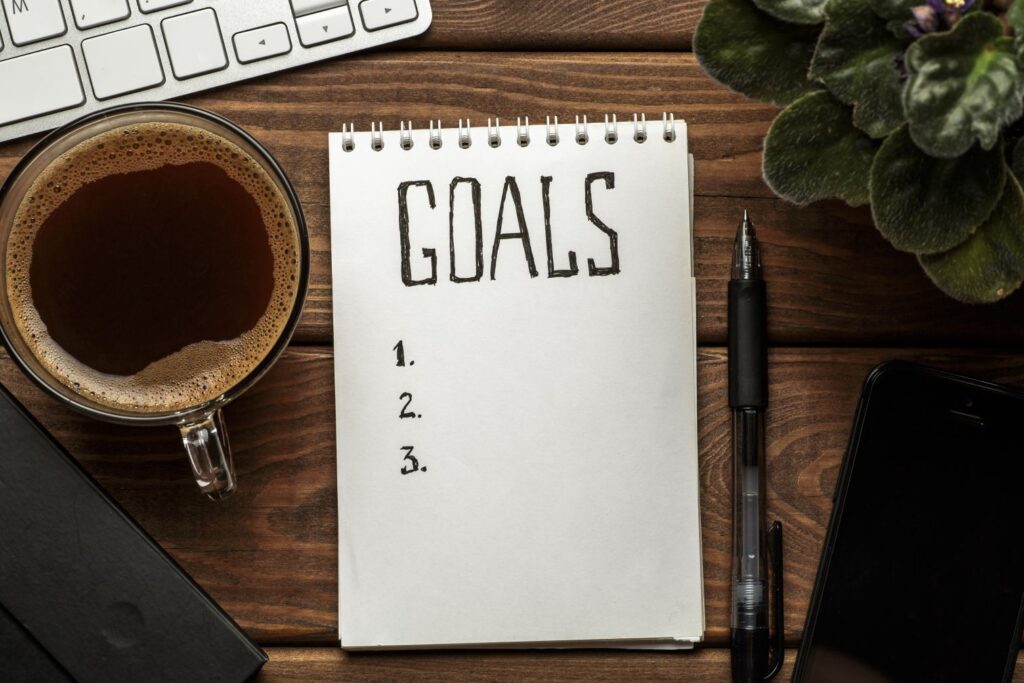
What Are the Three Main Goals of Influencer Marketing?
Having the right goals in place is important to make your influencer marketing efforts a success. However, you may be wondering what the main goals of influencer
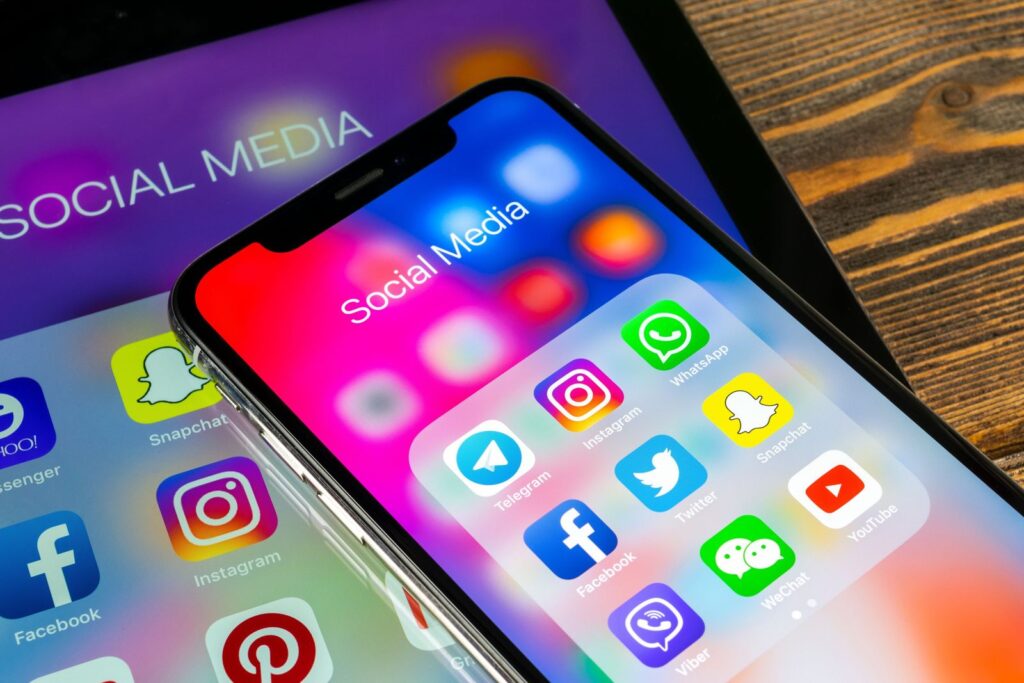
What Platform Is The Most Used For Influencer Marketing?
Social media has forever changed how we use the internet, consume media, and think about buying products. Content creators, also known as “influencers,” have emerged on all
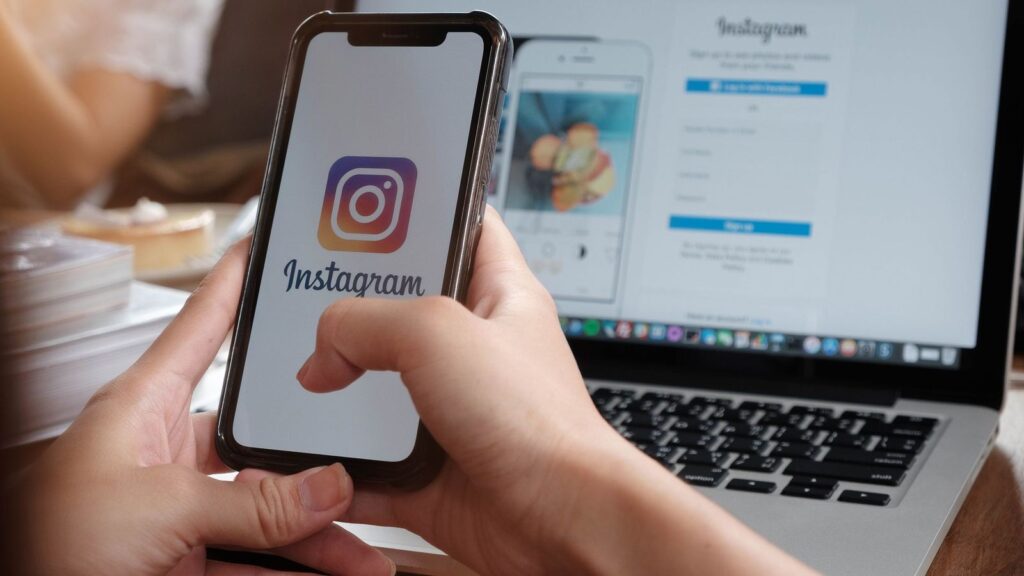
Why Is Instagram The Best Platform For Influencer Marketing?
What makes Instagram different from other social media and why is it the most effective for influencer marketing? Read on to learn about the app’s journey to
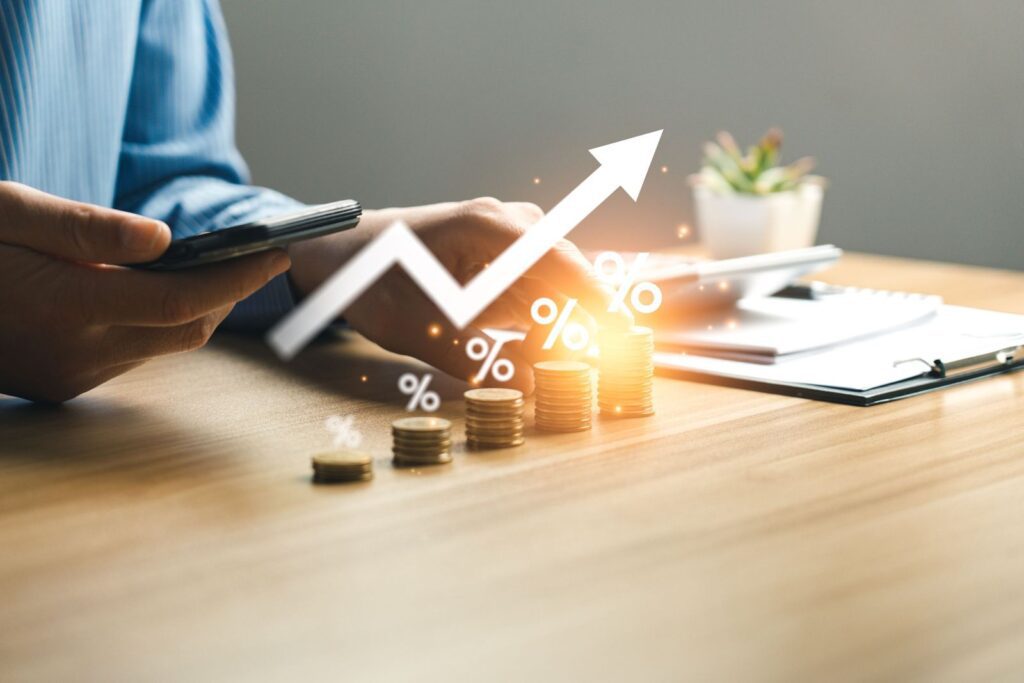
How Do You Drive Sales Through Influencer Marketing?
In this blog, we’ll discuss how to drive sales through influencer marketing, how usage rates affect the way you work with creators, and, ultimately, how influencer marketing

How Do Influencers Attract Customers?
Influencer marketing is one of the newer forms of marketing, which leaves people with lots of questions about how it works. One of those questions speaks to
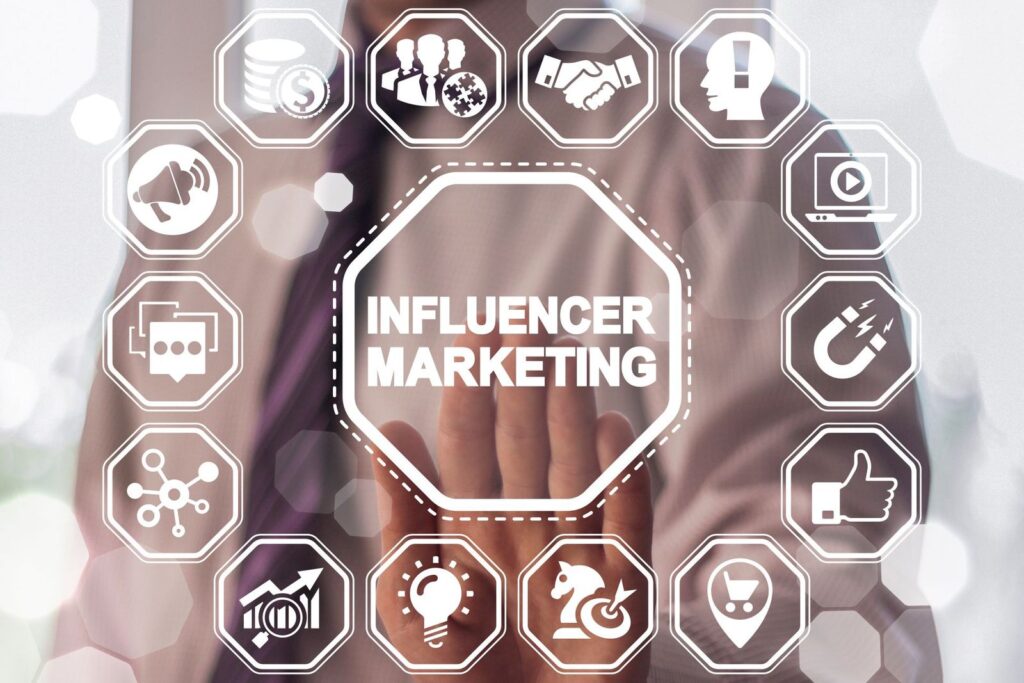
How Do You Develop an Influencer Strategy?
Step one in pursuing influencer marketing to promote your brand is developing a solid influencer strategy. Your strategy lays the groundwork for your entire campaign and can
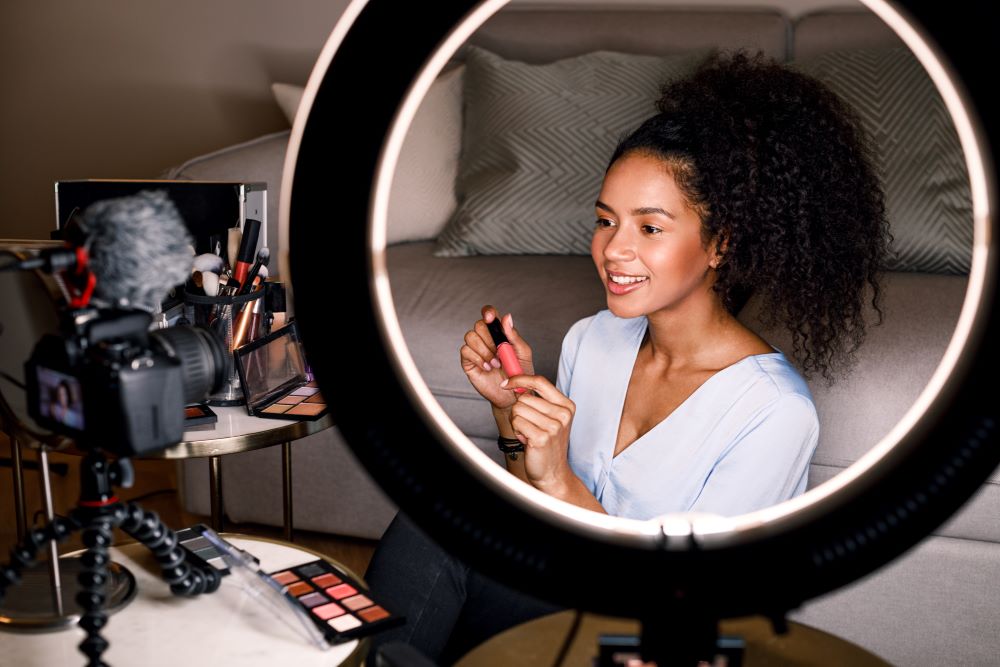
Is Lionize the Best New Influencer Marketing Hub of 2022?
This article will cover the importance of influencer marketing, why you should use an influencer marketing hub, and what makes Lionize stand out from other options. Keep
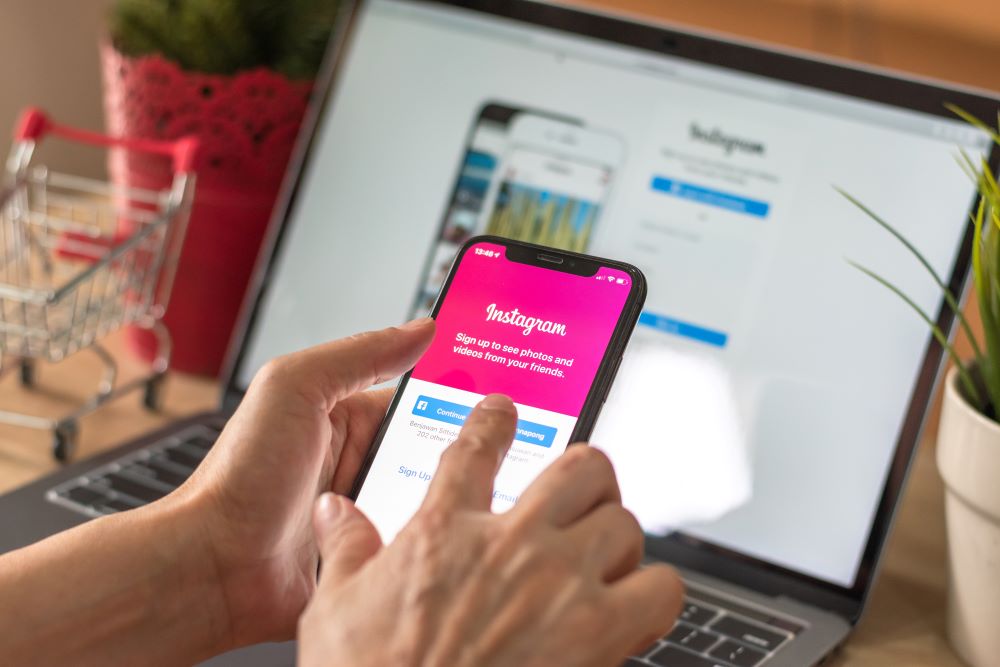
What Is the Best Influencer Marketing Hub for Instagram?
This article will go over what you need to know about influencer hubs for Instagram, tools for Instagram influencer marketing, and what the best option is for
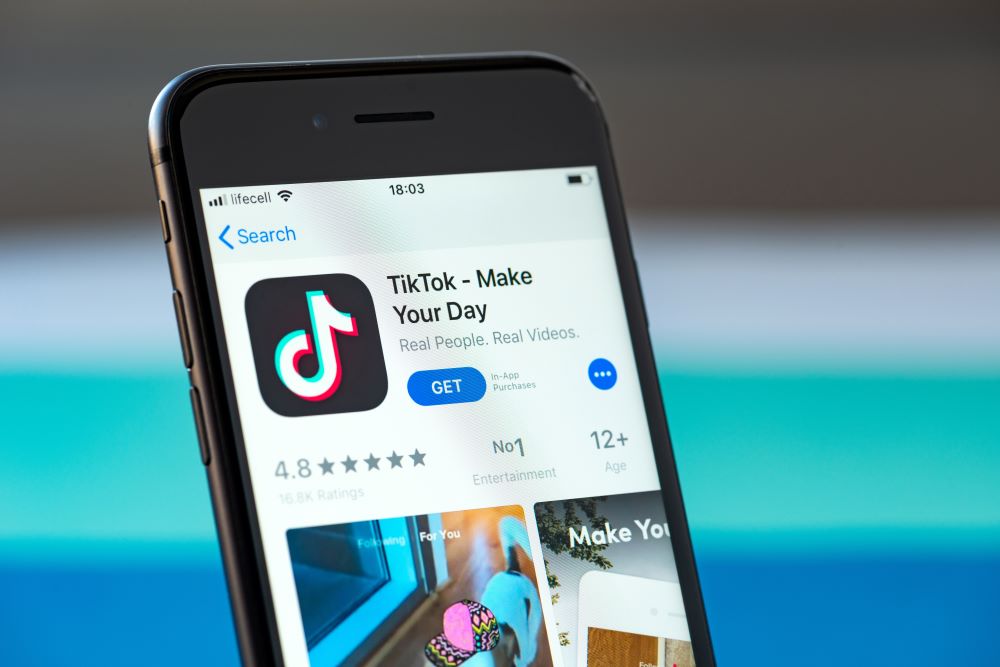
What Is the Best Influencer Marketing Hub for TikTok?
If you’re looking for a TikTok influencer marketing hub to find influencers and manage TikTok influencer campaigns, this article will outline what you need to know.

Influencer Marketing News
If you’re looking for resources to keep up with the latest influencer marketing news, trends, and strategies, this article will outline everything you need to know. Keep

What Is a Good Engagement Rate for Micro-Influencers?
Read on to learn more about engagement rate and how it differs across influencer tiers, as well as how micro-influencers have become a major player in the
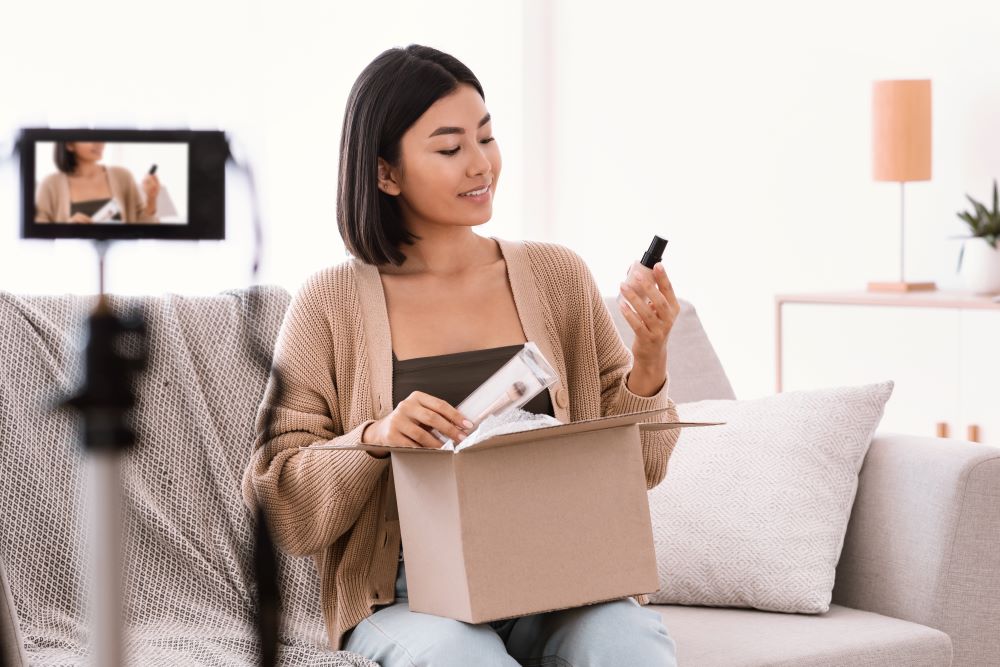
Why Brands Choose Micro-Influencers
Influencers focus on two things as they get started with monetizing their digital presence: building their personal brand and forming relationships with their audience (aka followers). This

What Follower Count Is Considered a Micro-Influencer?
This blog will explore micro influencer marketing in detail, including answers to the questions, “what is a micro influencer?” and “how much does a micro influencer get

How Do You Find Micro Influencers To Work With?
Finding the right influencers for your campaign can be a challenge, especially when you want to work with micro influencers — influencers with between 1,000 and 100,000
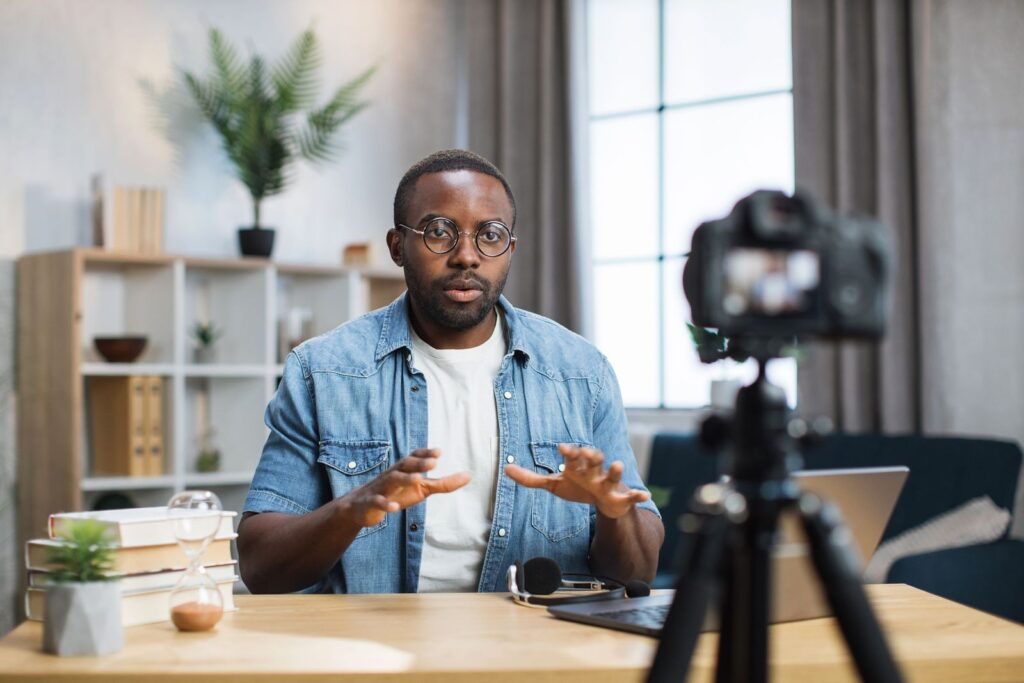
Are Micro Influencers Better?
As micro influencers gain more attention in the influencer marketing space, some marketers are starting to wonder, are micro influencers better than other influencers? Let’s explore what
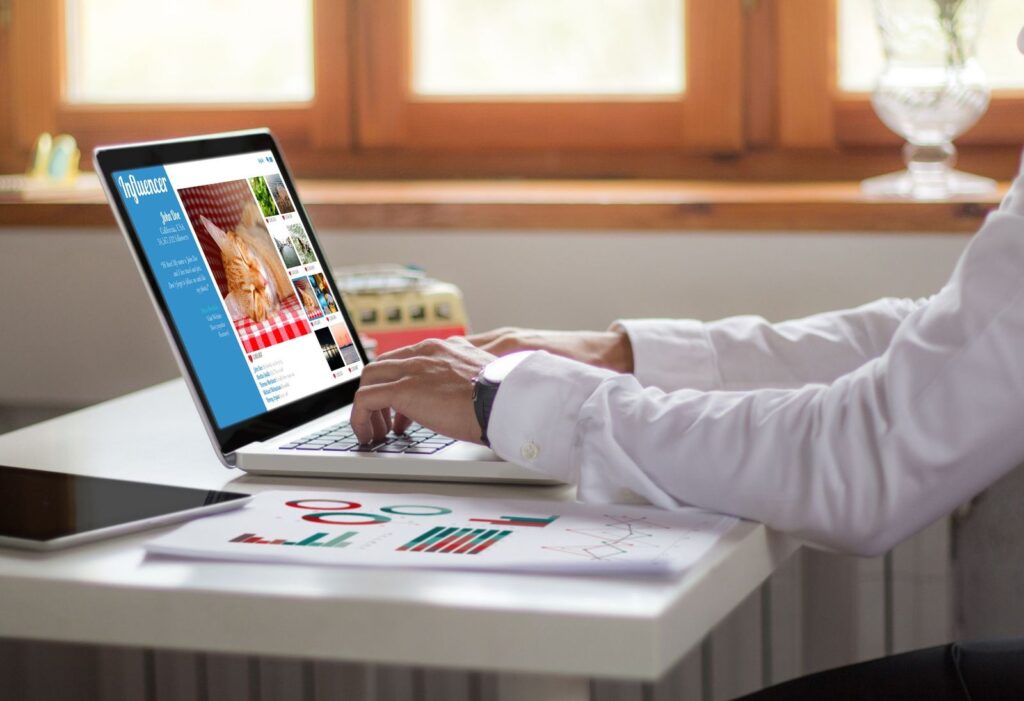
How Do I Reach Out to Micro-Influencers?
When developing an influencer marketing campaign, one of the most challenging tasks is often finding the right influencers for your brand. The influencers you choose will play

Which Brands Work With Micro-Influencers?
In this blog, we’ll round up some of our favorite examples of brands that have successfully implemented influencer marketing into their strategy, from macro- to micro-influencers. We’ll
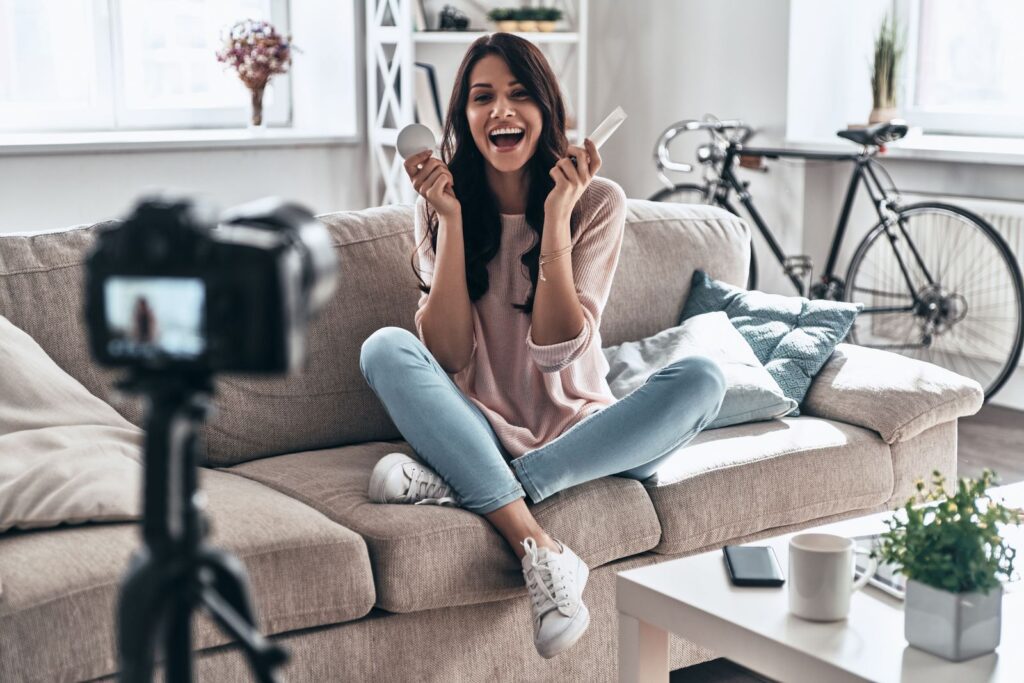
How Much Do TikTok Influencers Get Paid For a Sponsored Post?
The price you pay for each sponsored TikTok post will have a huge effect on the overall cost of your TikTok influencer marketing campaign, so it’s important
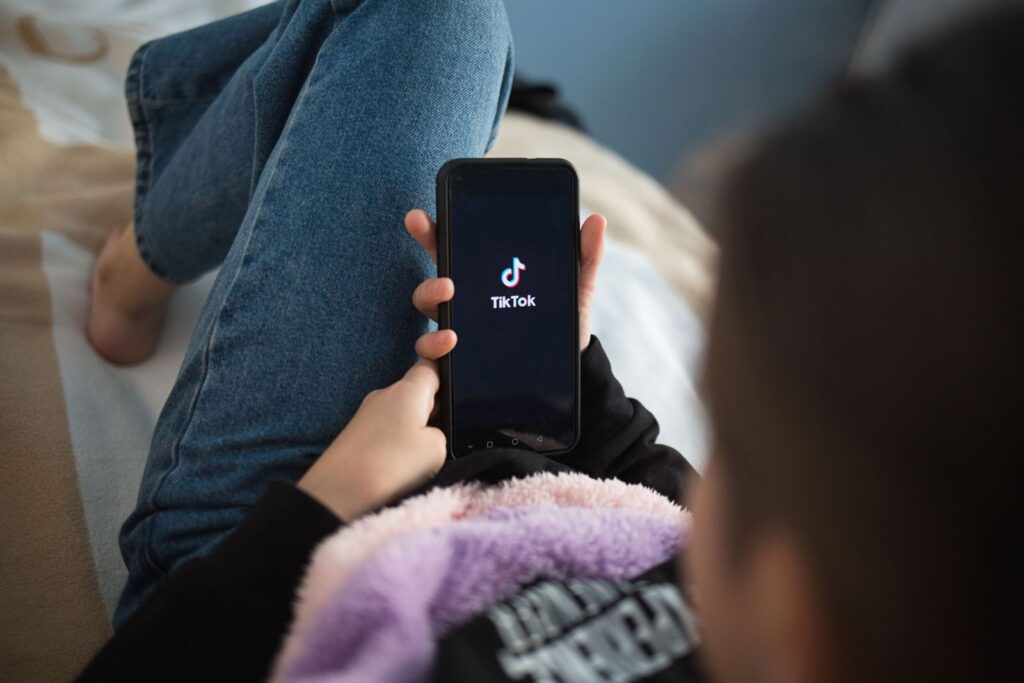
Where Can I Find TikTokers to Collab With?
Fortunately, finding TikTok influencers for your influencer marketing campaigns is easier than it sounds. Whether you’re looking for TikTok micro influencers or mega influencers, use this guide
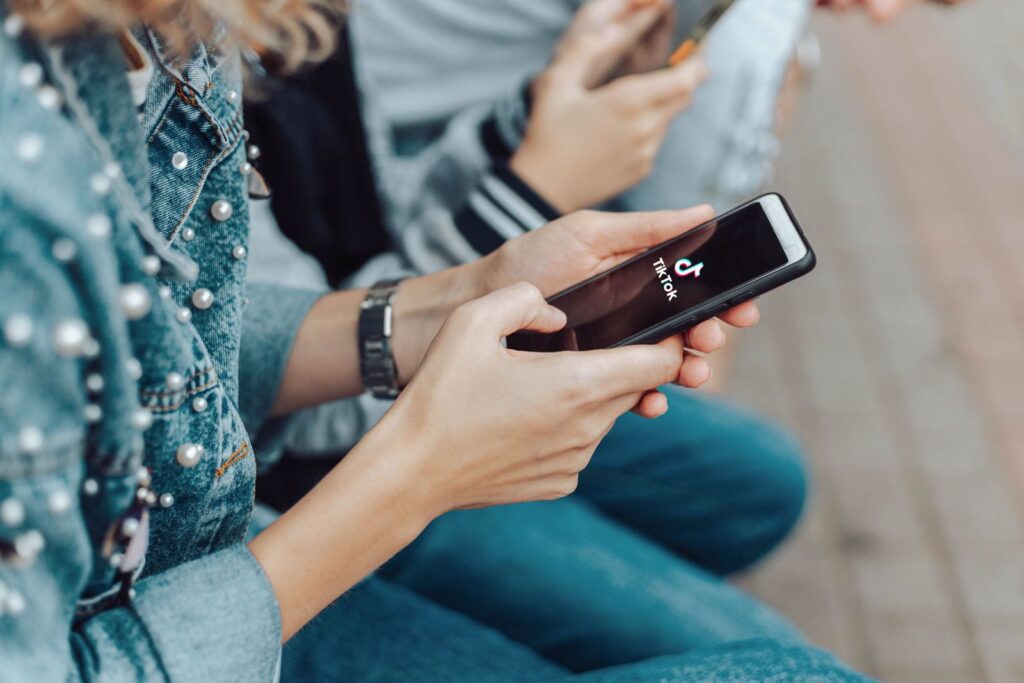
Why Is TikTok a Good Marketing Strategy?
TikTok isn’t just the home of popular new dance moves and trendy songs. It’s also a social media platform that brands can use to great effect in
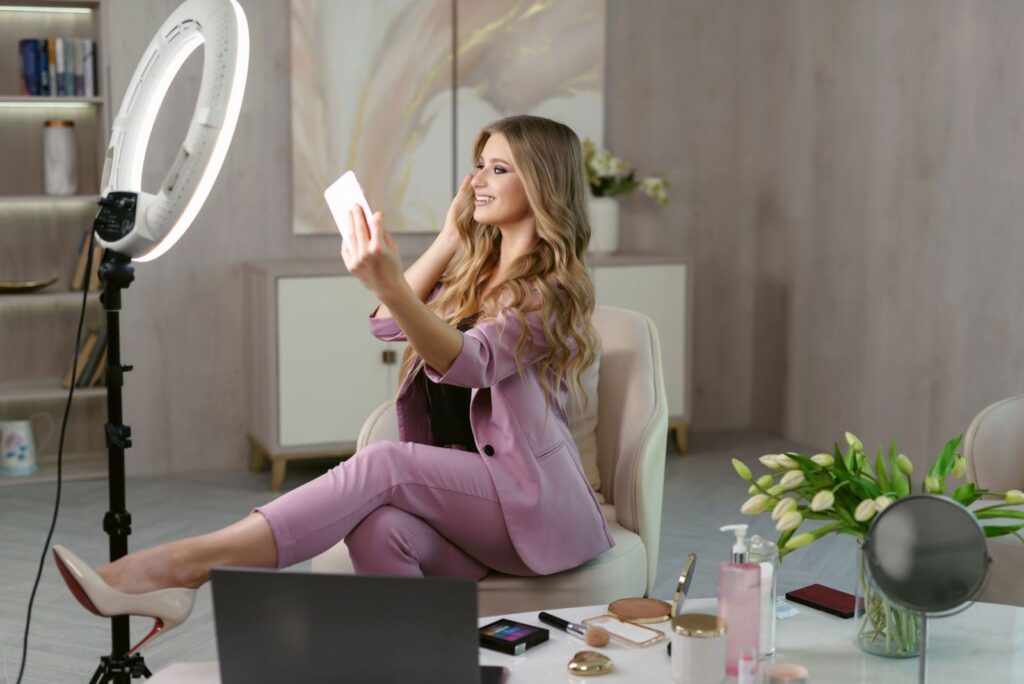
How Much Does It Cost to Hire an Influencer on TikTok?
If you’re considering using TikTok influencer marketing for your business, you may be wondering how much it costs to hire an influencer on TikTok to promote your
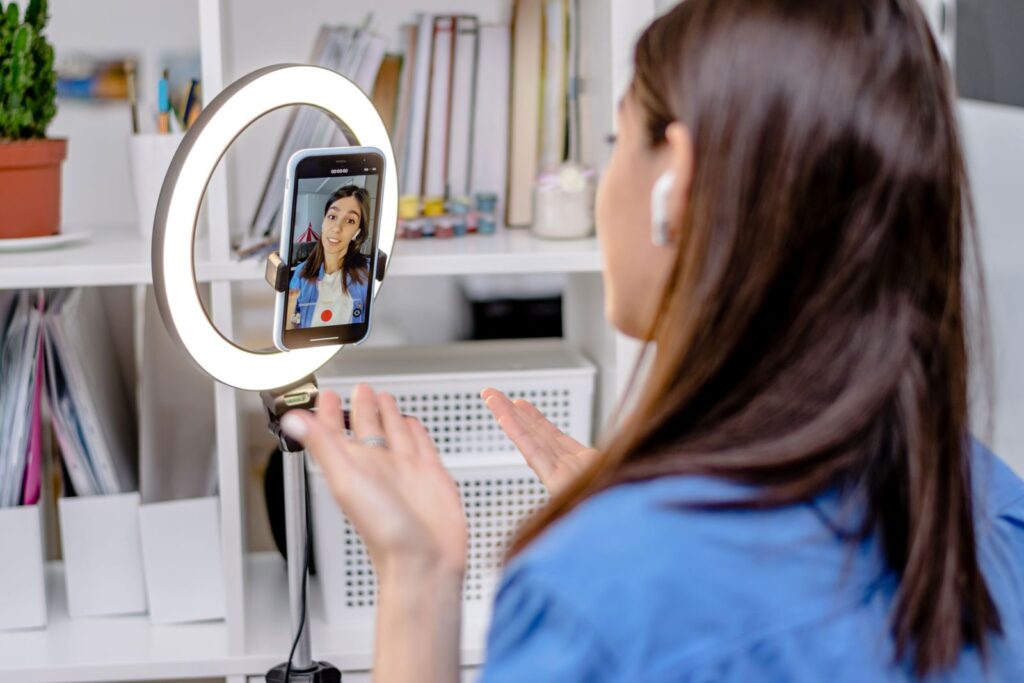
How Do You Find Influencers on TikTok?
TikTok influencer marketing is a great way to expand your brand’s reach to targeted audiences. However, finding the right influencers to work with can feel like a
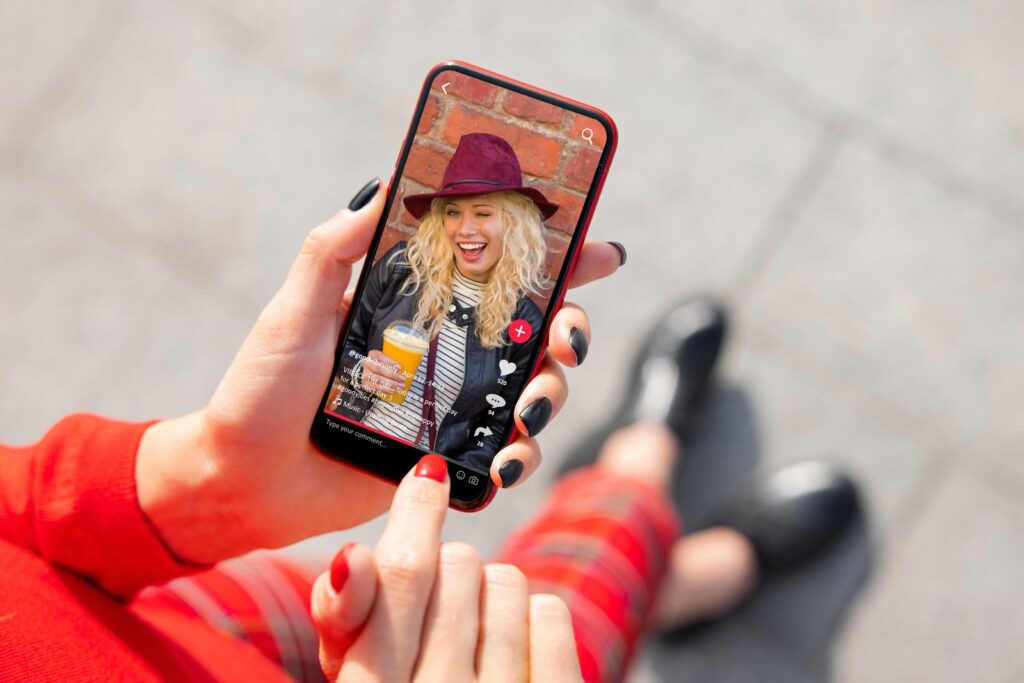
Is TikTok Good for Influencer Marketing?
If you’re wondering if TikTok is a good option for influencer marketing, this article will outline what you need to know about the benefits of using TikTok
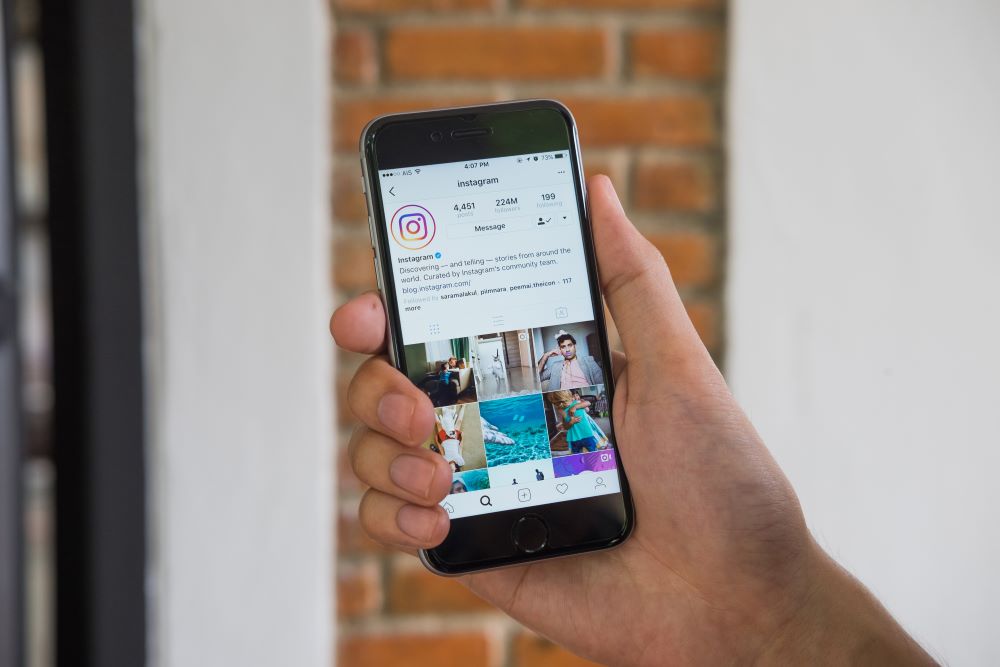
How Many Followers Do You Need to Be an Influencer?
This article will outline everything you need to know about how many followers are needed to be an influencer, the different tiers of influencers, and how different
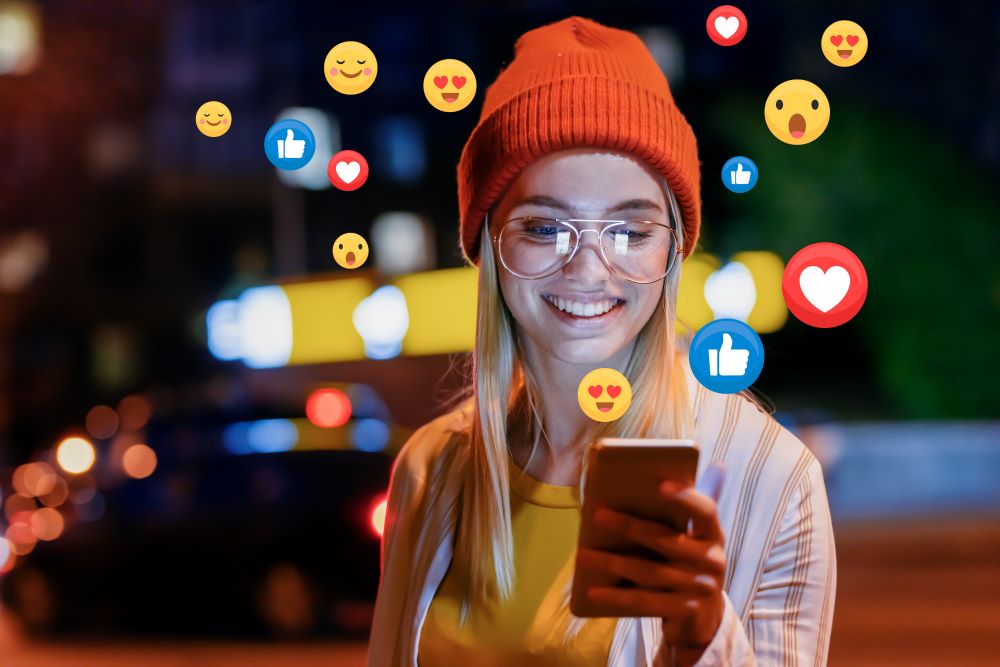
Examples of Influencers on Social Media
This article will outline examples of social media influencers, what success looks like for different types of influencers, and how influencer marketing can benefit both influencers and

How Much Do Instagram Influencers Charge?
Having an estimate of the cost per post will help you get an idea of how much you should budget for influencer marketing. This article will outline
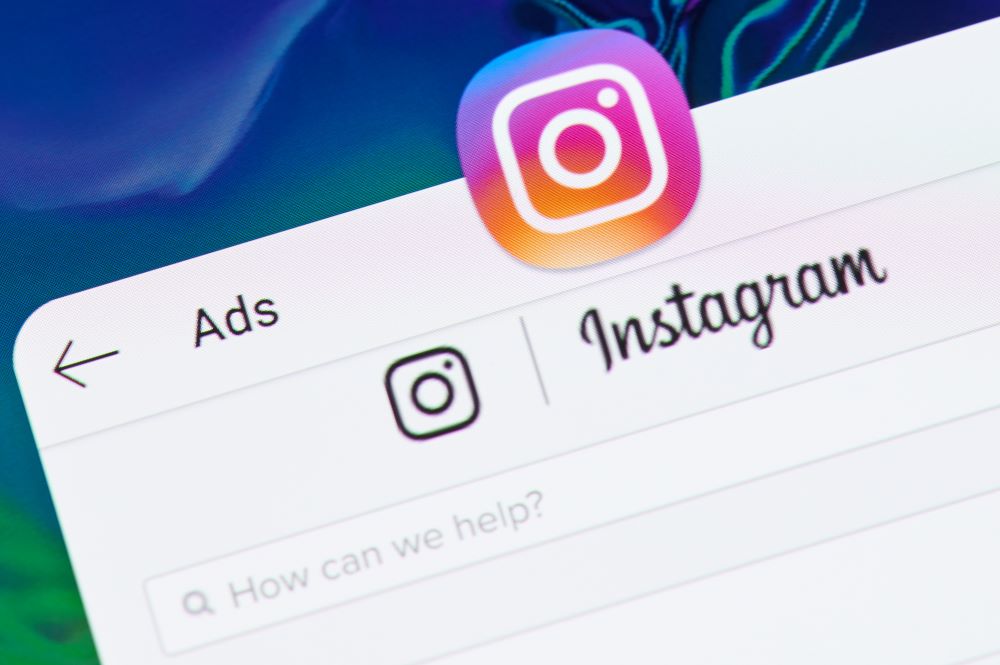
Do Influencers Use Instagram Ads?
This blog answers the question of how influencers run campaigns and if influencers use Instagram ads.
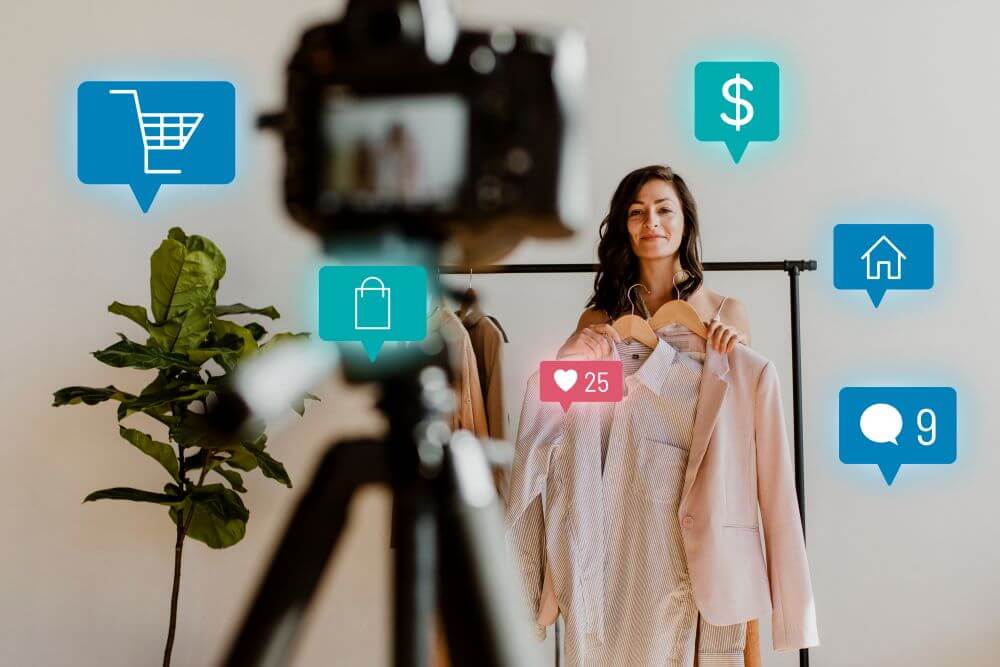
Social Media Influencer Marketing Examples
This article will cover the effectiveness of social media marketing and provide examples of companies that have successfully used social media influencer campaigns.
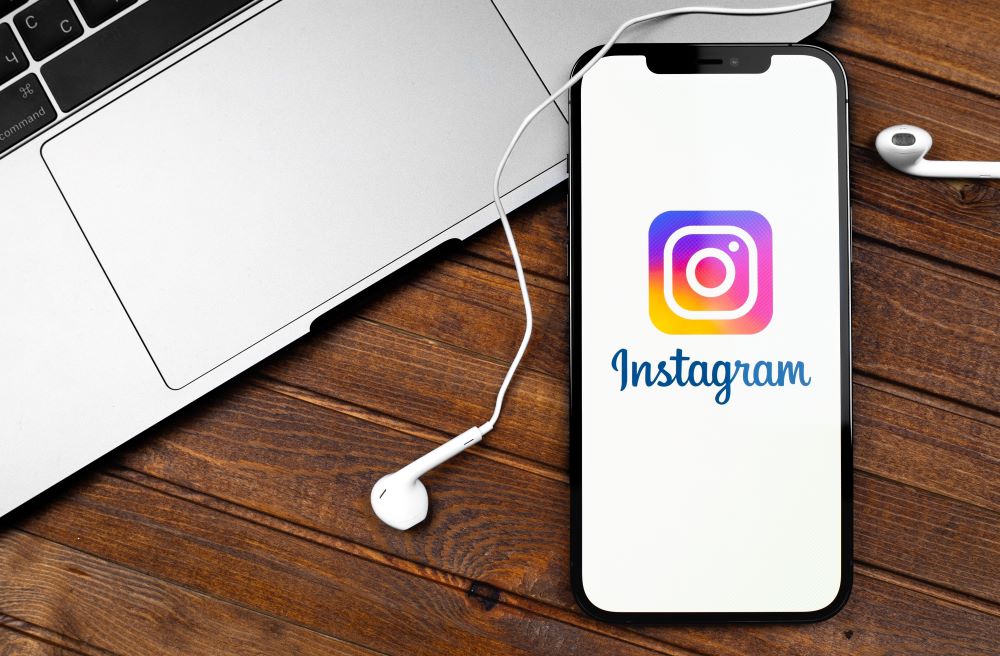
The Keys to Successful Influencer Marketing Campaign
What are influencers, how do they help inspire purchasing decisions, and what makes a successful influencer marketing campaign? Find out our answers and top tips here.
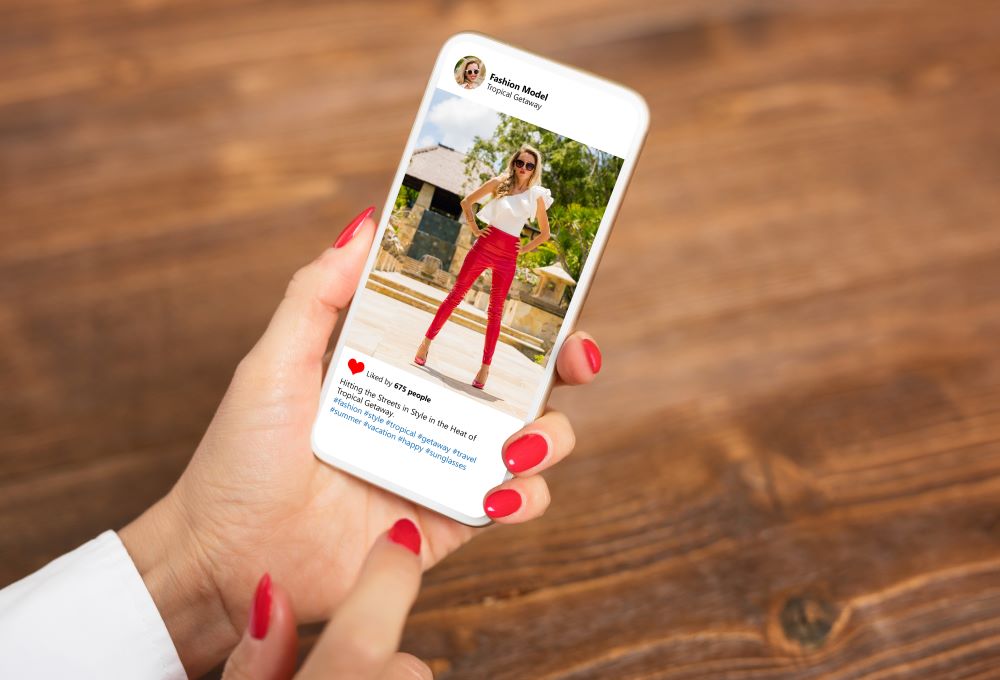
What Do Instagram Influencers Post?
Thanks to the popularity and constant innovation of social media platforms like Instagram, content creators have found a way to monetize their social following, turning their online

What Brands Are Doing Influencer Marketing Well?
We share some great examples of influencer marketing campaigns and explain how your brand can begin working with social media influencers.
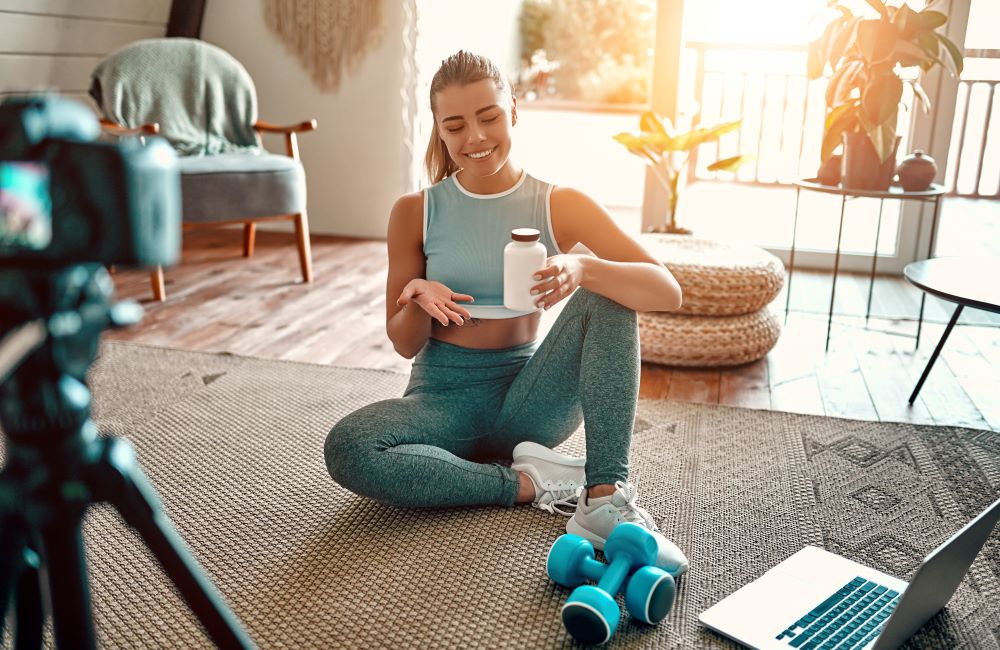
What Are Some Examples of Influencer Marketing?
Read on to learn more about the different types of social media influencers, see examples of what influencer marketing looks like, and even get some examples of
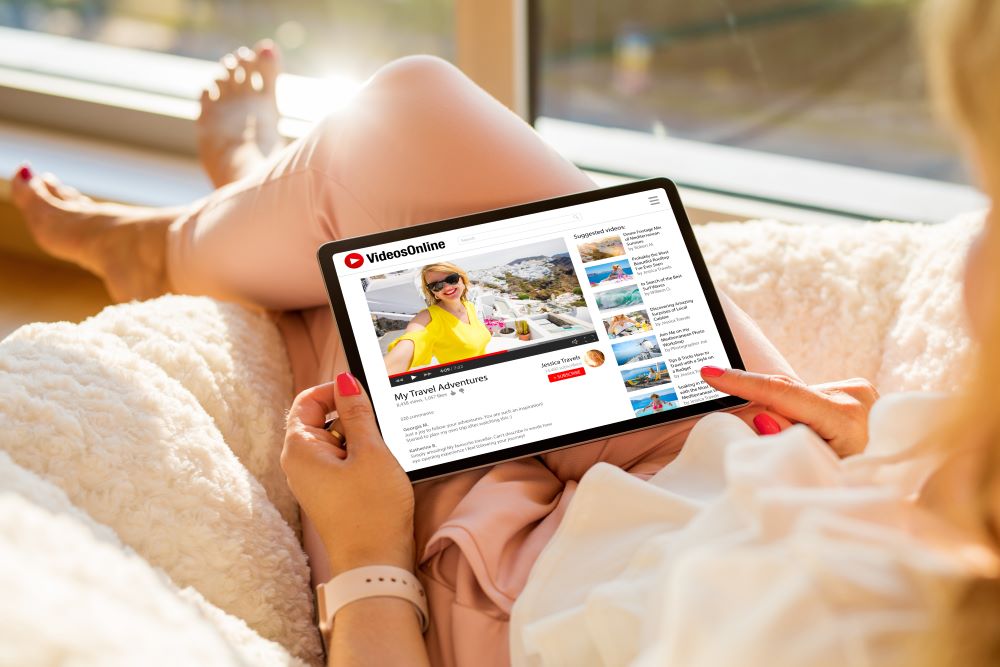
Five Influencer Marketing Examples on YouTube in 2022
The creators and types of content that perform well on the platform are ever-changing. That’s why marketing teams, especially those ready to dip their toes into influencer

How Do Influencer Marketing Agencies Help Influencers?
Influencer marketing agencies are experts at running influencer marketing campaigns smoothly. They help both brands and influencers through the process of setting up and managing their influencer
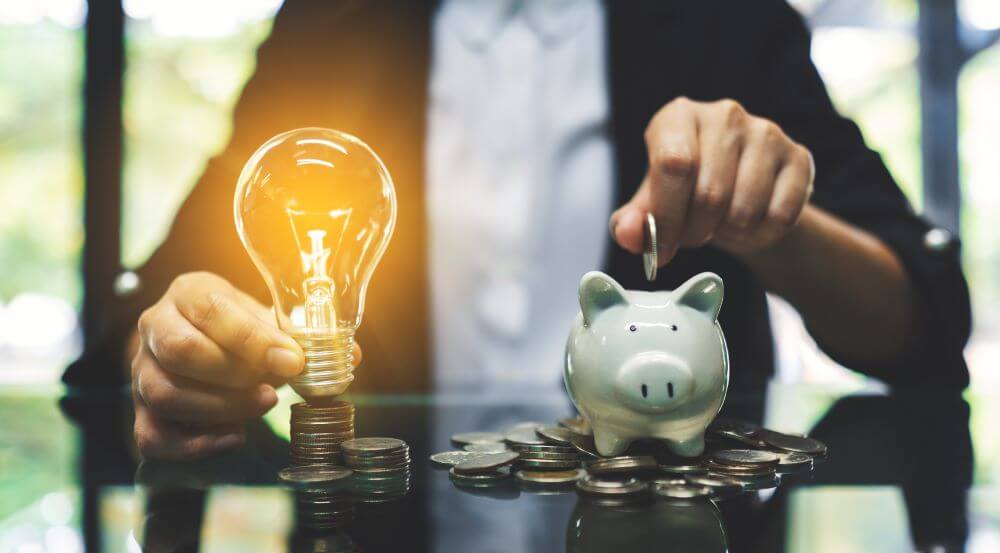
Influencer Marketing Agency Pricing
In this blog, we’ll explore influencer marketing agency pricing and the services that influencer marketing agencies provide brands.

What Is an Influencer Management Agency?
Navigating this ever-growing world of influencer marketing can be complicated and overwhelming. It helps to have an experienced, knowledgeable partner on your side. That’s where an influencer
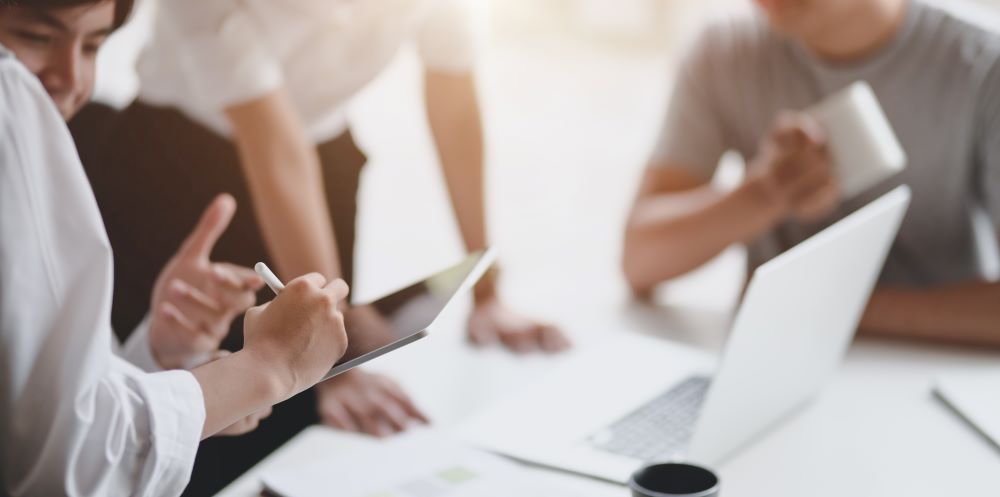
How To Find A Top Influencer Marketing Agency For Your Business
Finding the right influencer marketing agency for your business can be a bit tricky, though, which is why we put together this guide for finding a top
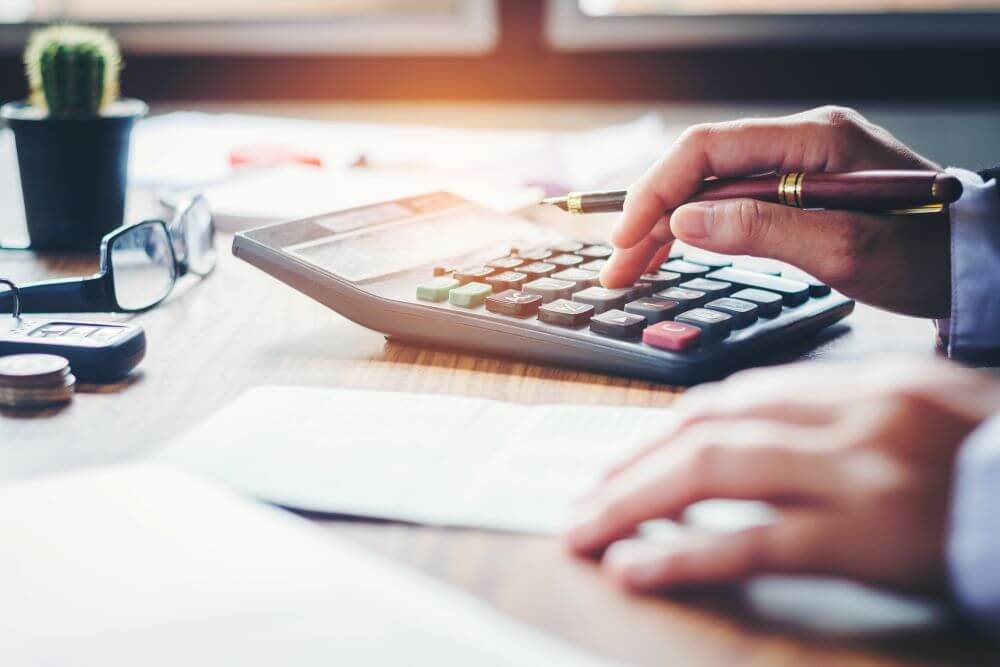
How Much Does It Cost to Hire an Influencer Marketing Agency?
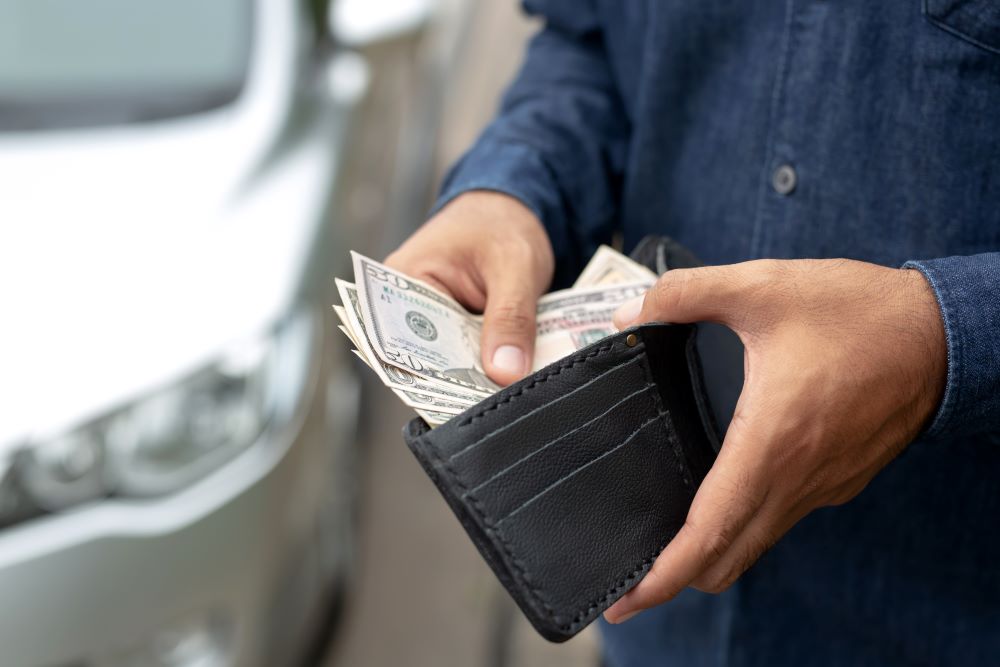
How Much Do Influencer Marketing Agencies Make?
Let’s break down some of those questions, starting with “what is an influencer marketing agency, exactly?”
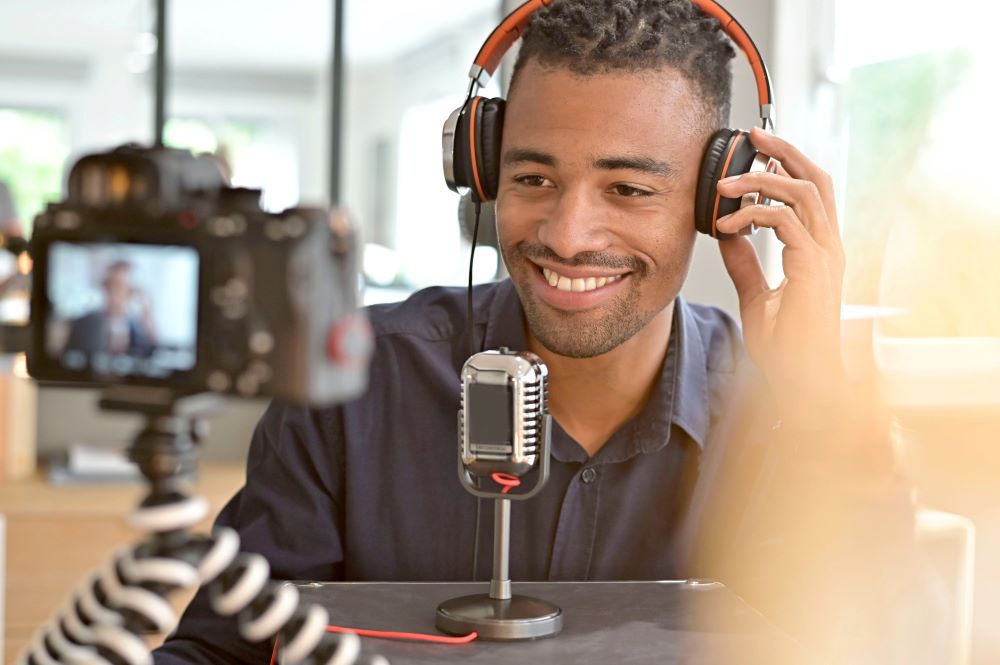
How to Use a Micro Influencer Agency
The challenge for brands that want to tap into the marketing power of micro influencers is finding and contracting the micro influencers they need for their campaigns.

How to Choose an Influencer Marketing Agency for Your Small Business
This article will outline how influencer marketing agencies can help small businesses, how much you should budget for influencer marketing, and how to choose the best agency

What Does an Influencer Marketing Specialist Do?
An influencer specialist works with social media influencers to promote client products and services and creates effective campaigns to reach target audiences.
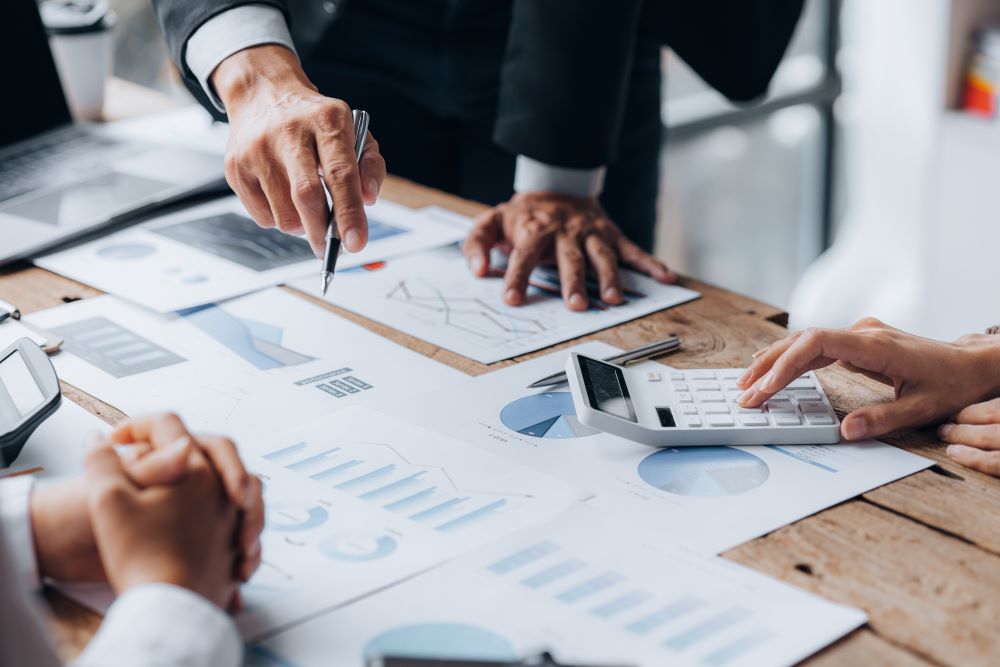
Social Media Influencer Marketing Statistics
This article will cover statistics showing the effectiveness of influencer marketing, how it impacts consumer behavior, and will provide you with strategies to boost the ROI of
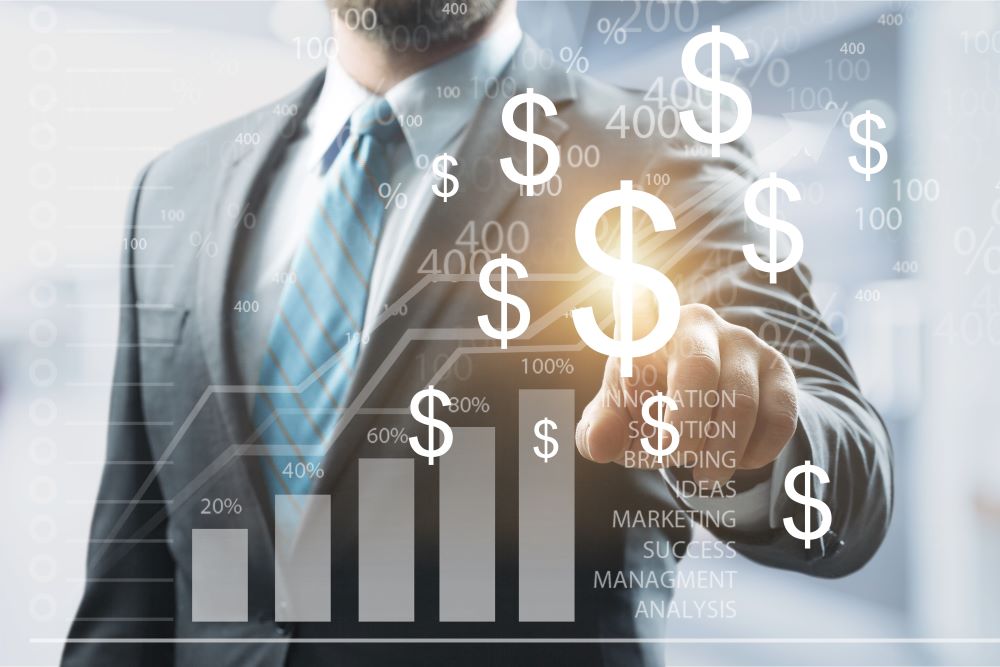
How Profitable Is Influencer Marketing?
This article will explain how profitable influencer marketing is, why it’s an effective marketing strategy, and how much influencers make.
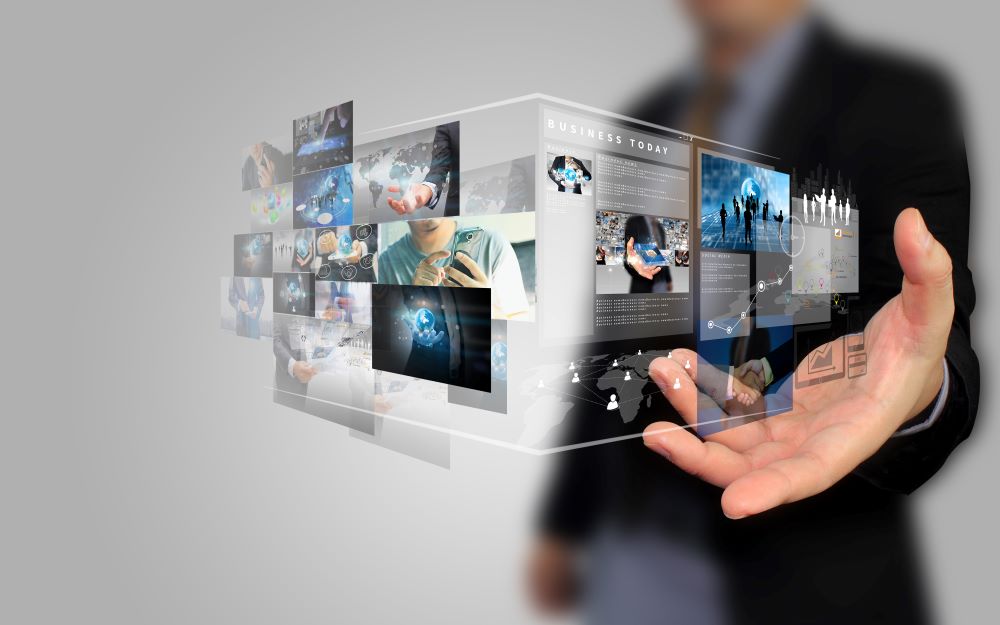
Is Influencer Marketing on the Decline?
This article will tell you if influencer marketing is declining, how effective influencer marketing is, and what to expect in the future for influencer marketing.
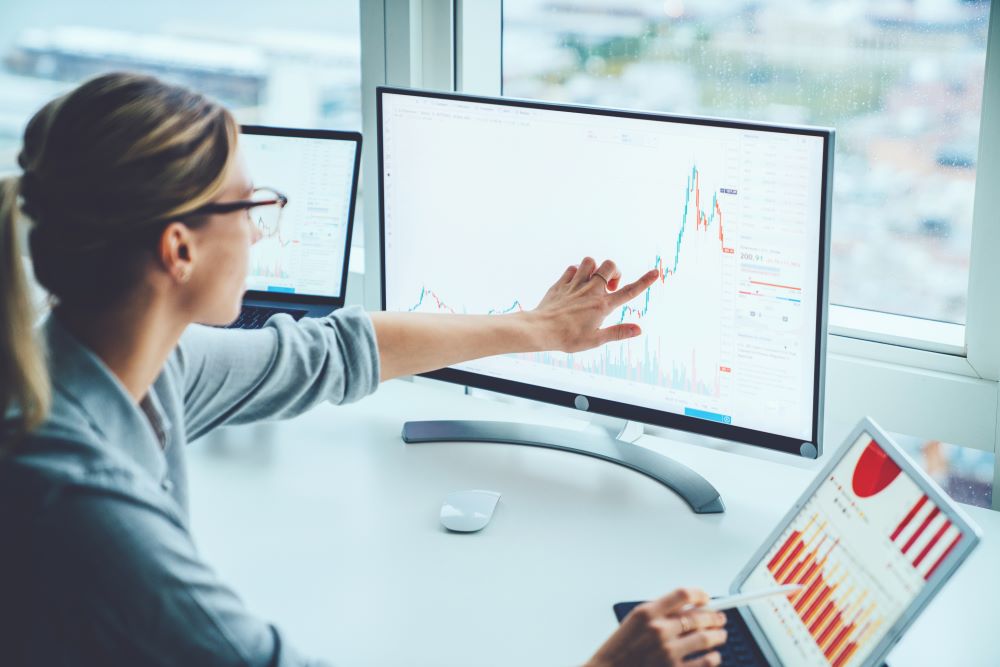
Influencer Marketing Statistics for 2023
Statistics show why influencer marketing is an excellent strategy for marketing products and services on social media.
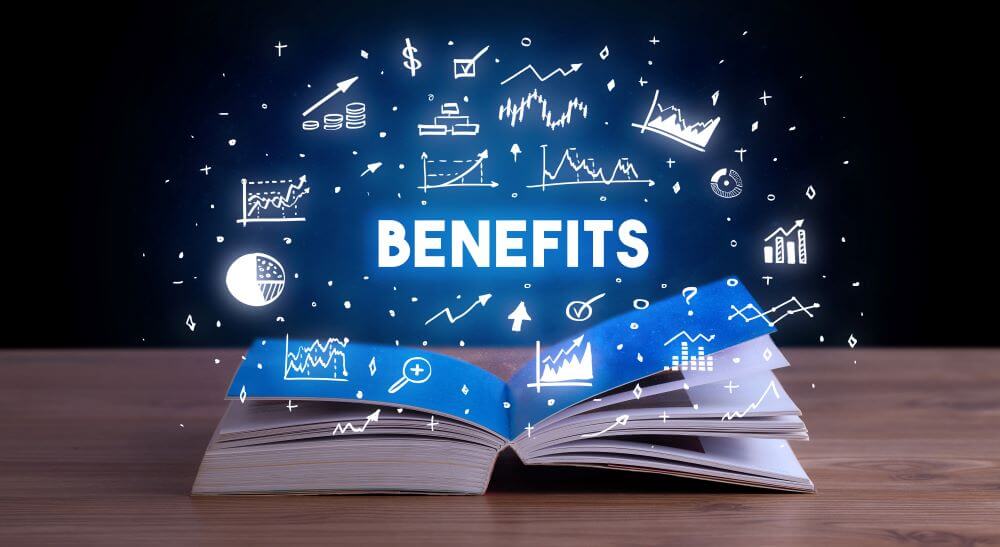
Five Benefits of Influencer Marketing in 2024
If you’re ready to take your brand to the next level in 2023, read on to learn more about the benefits of influencer marketing and where the
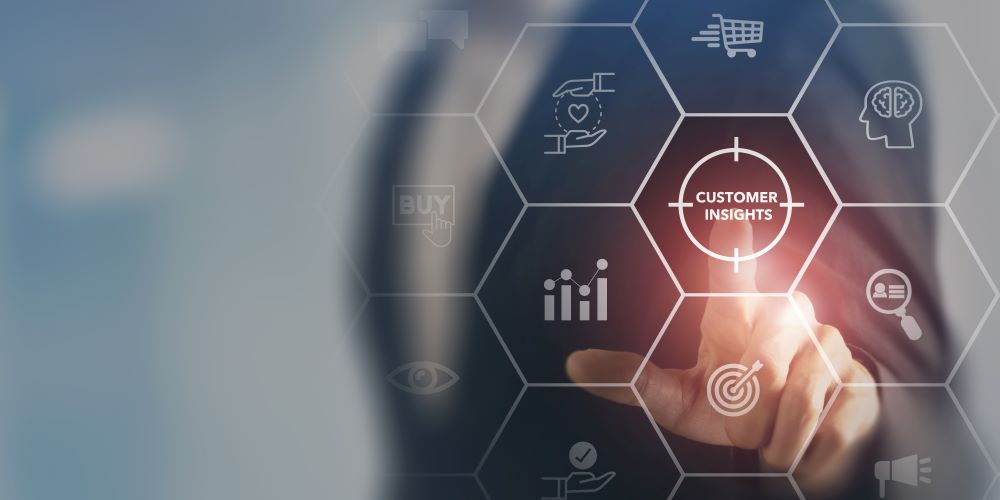
What Is the Impact of Influencer Marketing on Consumer Behavior?
Many different types of marketing can accomplish this goal, but one worth taking a close look at is influencer marketing. In this post, we’ll explore the impact
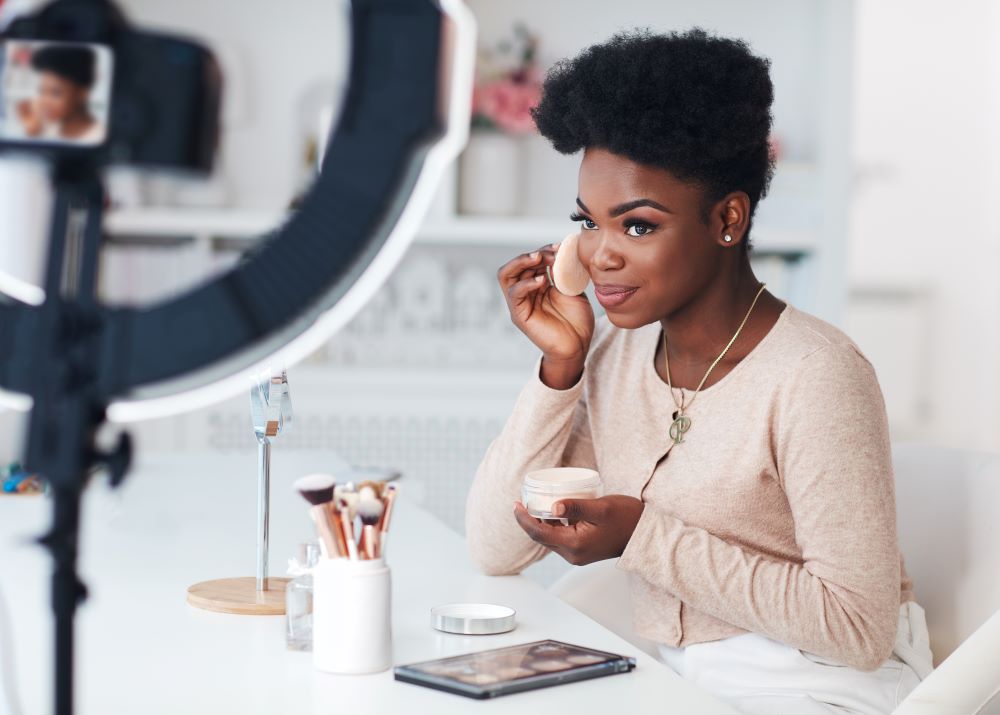
What Are the Top 5 Tips for Implementing Influencer Marketing?
If you run a business with an online presence, you may be wondering what is the best way to use influencer marketing. Taking a closer look at

What Is a Social Media Influencer Strategy?
Influencer marketing is no longer an emerging trend, but rather a sound strategy that plays a huge role in many teams’ marketing toolkit.

Are Influencers the Future of Marketing?
Between 2016 and 2022, the market size of the influencer marketing industry grew 46.9% annually on average. That growth just goes to show how much marketers are
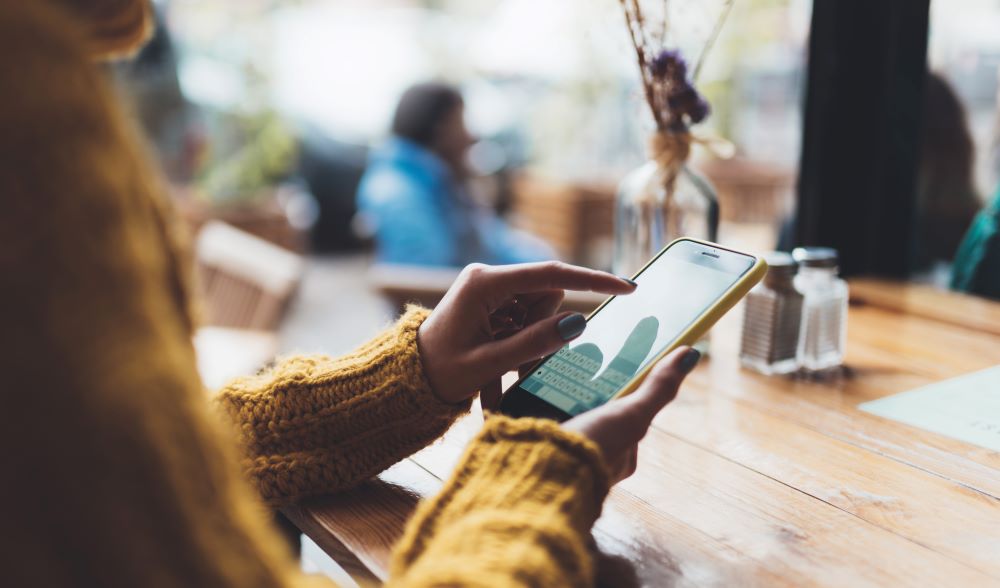
Which Influencer Marketing Platform Is Best?
Working with an influencer marketing platform can simplify things, but even then, you still need to decide what platform is best for your brand.

Micro Influencers On Instagram in 2023
A major prediction about influencer marketing trends in 2023 is that more and more brands will turn to micro influencers.

What Is The Future of Influencer Marketing?
The power of influencer marketing for brands cannot be underestimated. In fact, influencer marketing’s market value is at a record USD 16.4 billion in 2022. This number
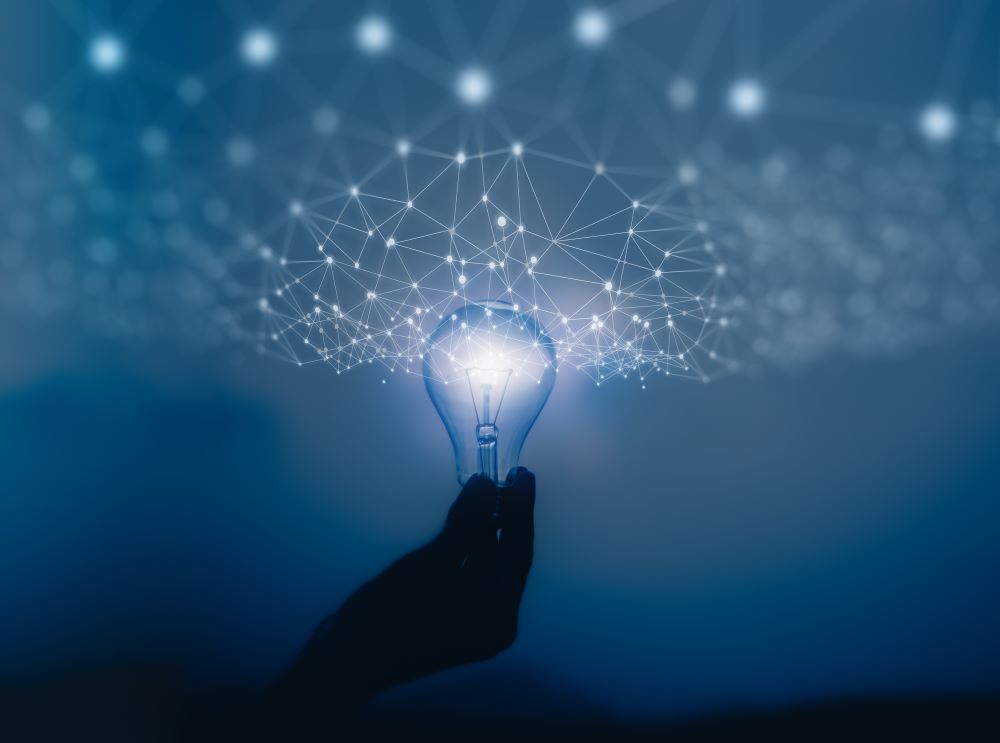
How to Brainstorm Influencer Content Ideas
There’s no one-size-fits-all answer for coming up with great influencer content ideas, but there are some tips you can apply to make brainstorming those ideas easier. Let’s
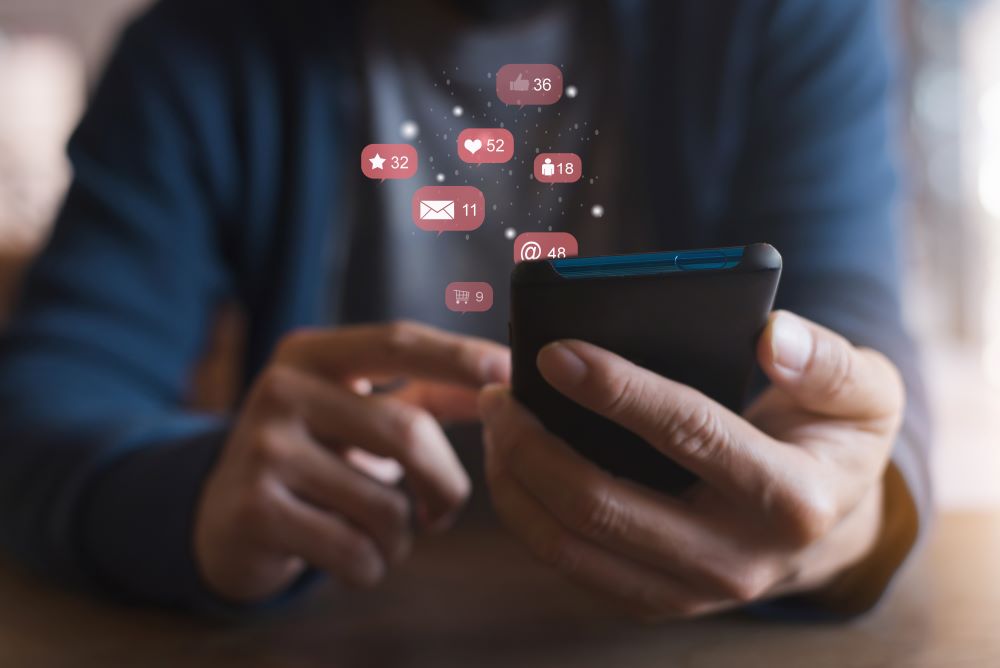
Which Social Media Platform Is Best For Influencer Marketing?
The global consumption for social media has significantly surged in the last decade and has continued to shape the way we promote brands and ideas

Successful Influencer Marketing Examples
If you’re exploring an influencer marketing strategy, this article will give you a rundown of top brands that have used influencer marketing successfully and how Lionize can

What Is Influencer Marketing?
Influencer marketing gets more popular every year, but there are still a lot of questions about this form of marketing. Today, we’re breaking down the basics of
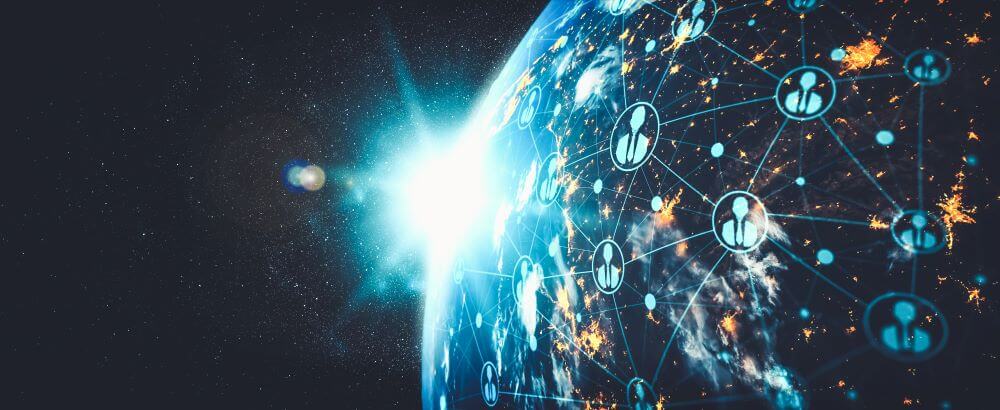
How Successful Is Influencer Marketing?
Influencer marketing burst onto the scene as one of the most exciting forms of digital marketing, and it isn’t going anywhere anytime soon. The global influencer marketing
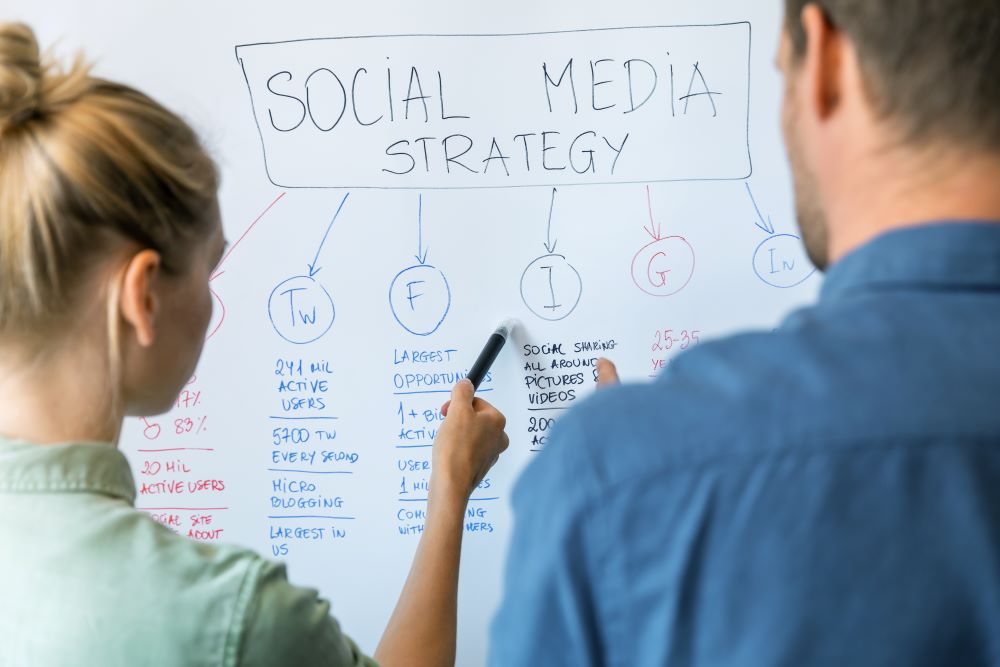
Is Influencer Marketing Still Effective in 2024?
Influencer marketing has seen significant growth in recent years due to its effectiveness. However, you may be wondering why it is effective and what its benefits are
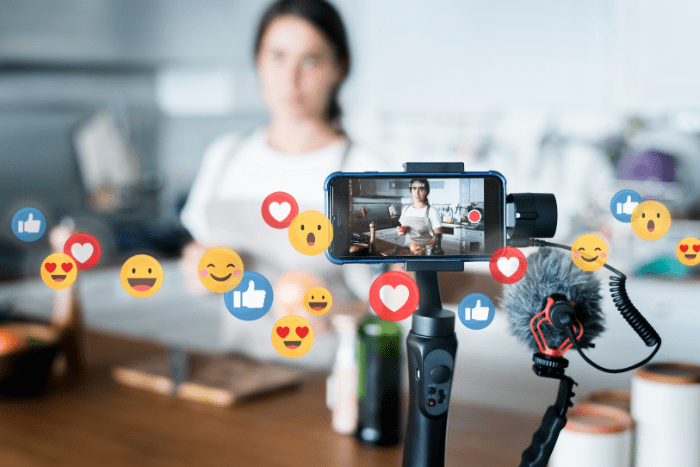
Influencer Marketing and Brands
Collaborating with influencers provides a unique way to promote products that will help your brand stand out from the competition. This article will cover how brands work
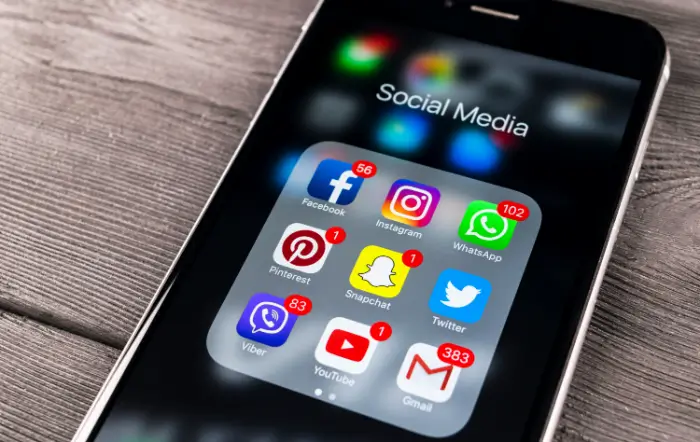
The State of Influencer Marketing in 2023
Influencer marketing continues to be a top marketing tactic in 2023. More marketers and brands are taking advantage of the opportunities presented in the influencer space. This
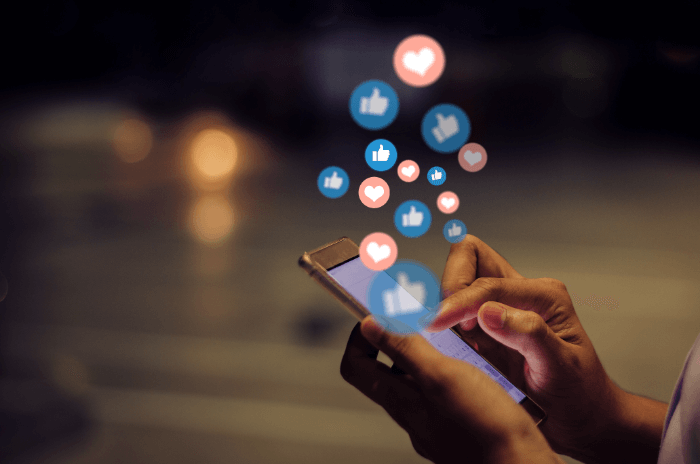
Is Influencer Marketing Effective in 2023?
If you are in the social media or digital marketing space, you’ve likely heard of influencer marketing and its usefulness as part of a marketing campaign. However,
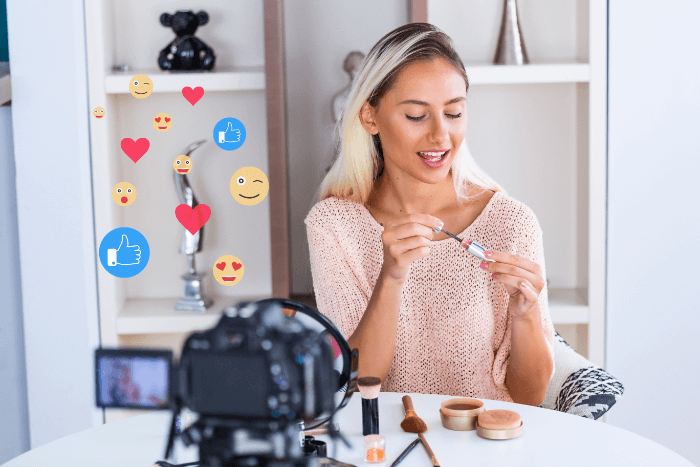
What Are Some Good Examples of Influencer Marketing?
Influencer marketing is an engaging way for brands to connect with different audiences within their niche or industry. It can increase consumer awareness, trust, and engagement. Influencers
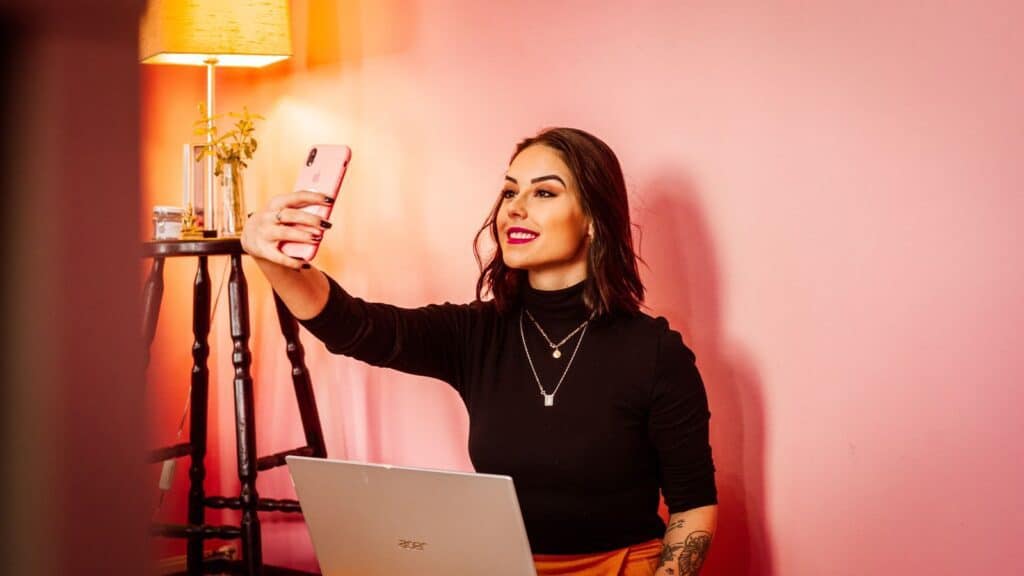
Ways To Turn your Influencers Into Brand Advocates
Converting your influencer to a brand advocate is the next step in influencer marketing. Brand advocates transform a campaign into something personal.
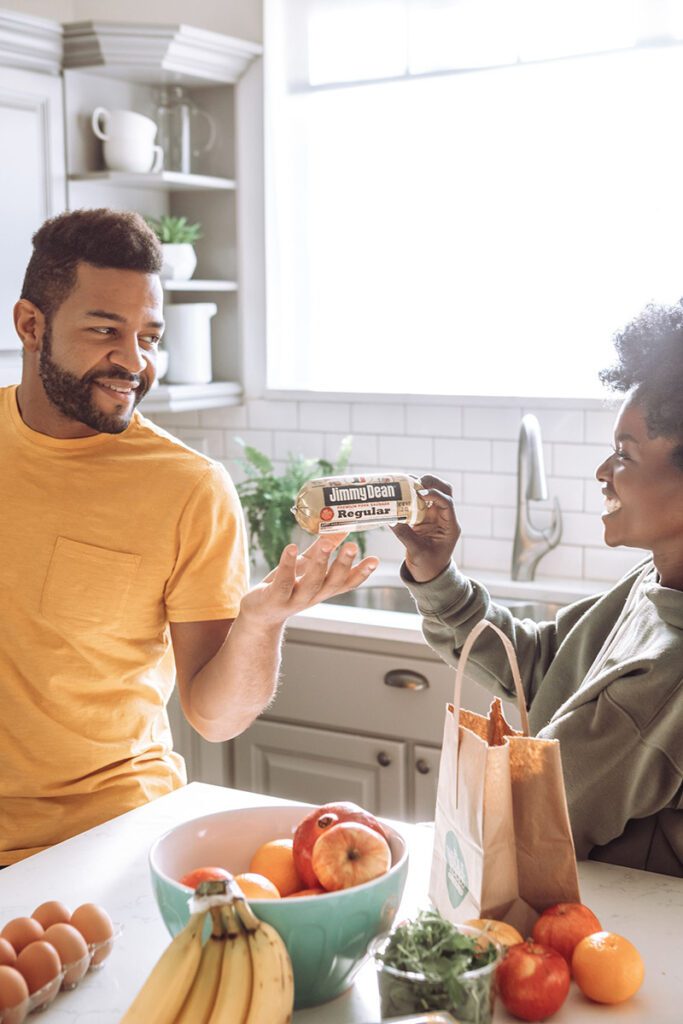
Ultimate Guide to Design Authentic Influencer Content
Influencer marketing is more than just finding Influencers. Learn how to properly market your product on social media through authentic content creators.
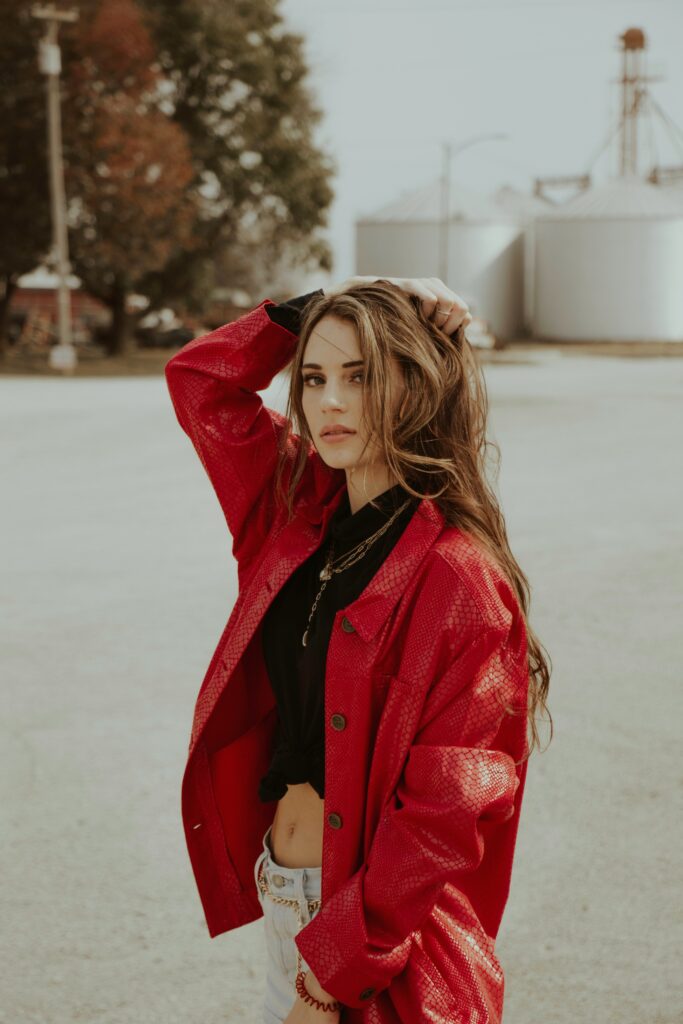
How to Develop a Community With Your Influencer Partners
Building your influencer community is an important part of marketing on social media. A good community will lead to better, more authentic content.
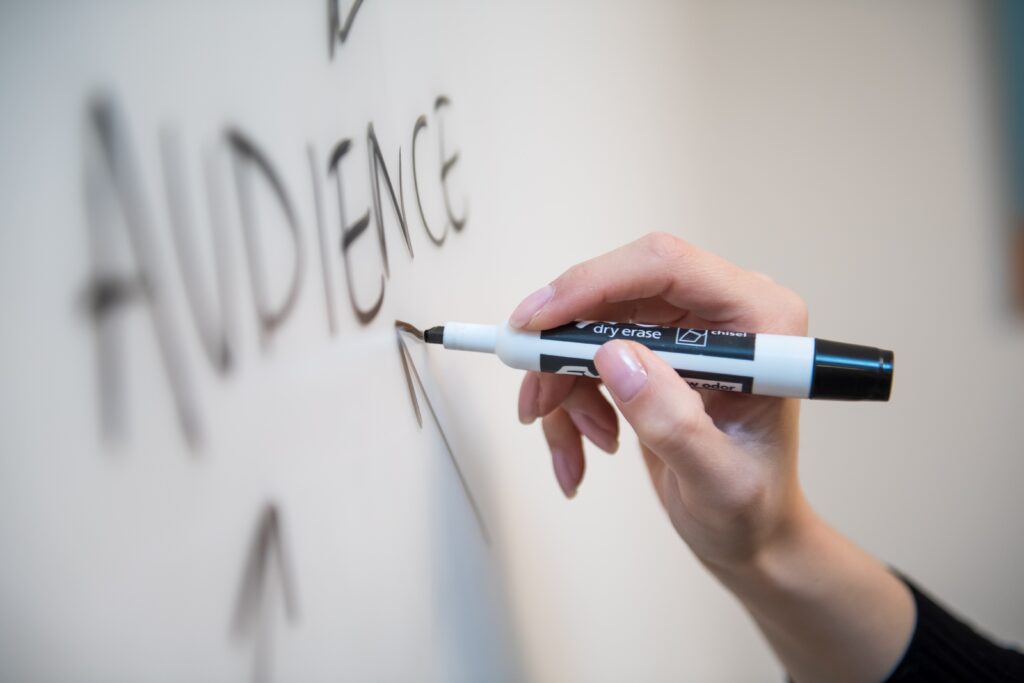
Determining the Right Influencer Audience
Analyzing what the influencer's audience can offer you key insights that will make you decide on if they're the right fit for your partnership.
For Brands
We’ll help you find the perfect partners for your brand. Let our network of limitless Influencers build brand awareness and drive your digital traffic goals.
Book a demoFor Agencies
Finally, a platform that removes the heavy lifting of Influencer campaign management. Free your time to focus on your client’s creative strategy.
Book a demo